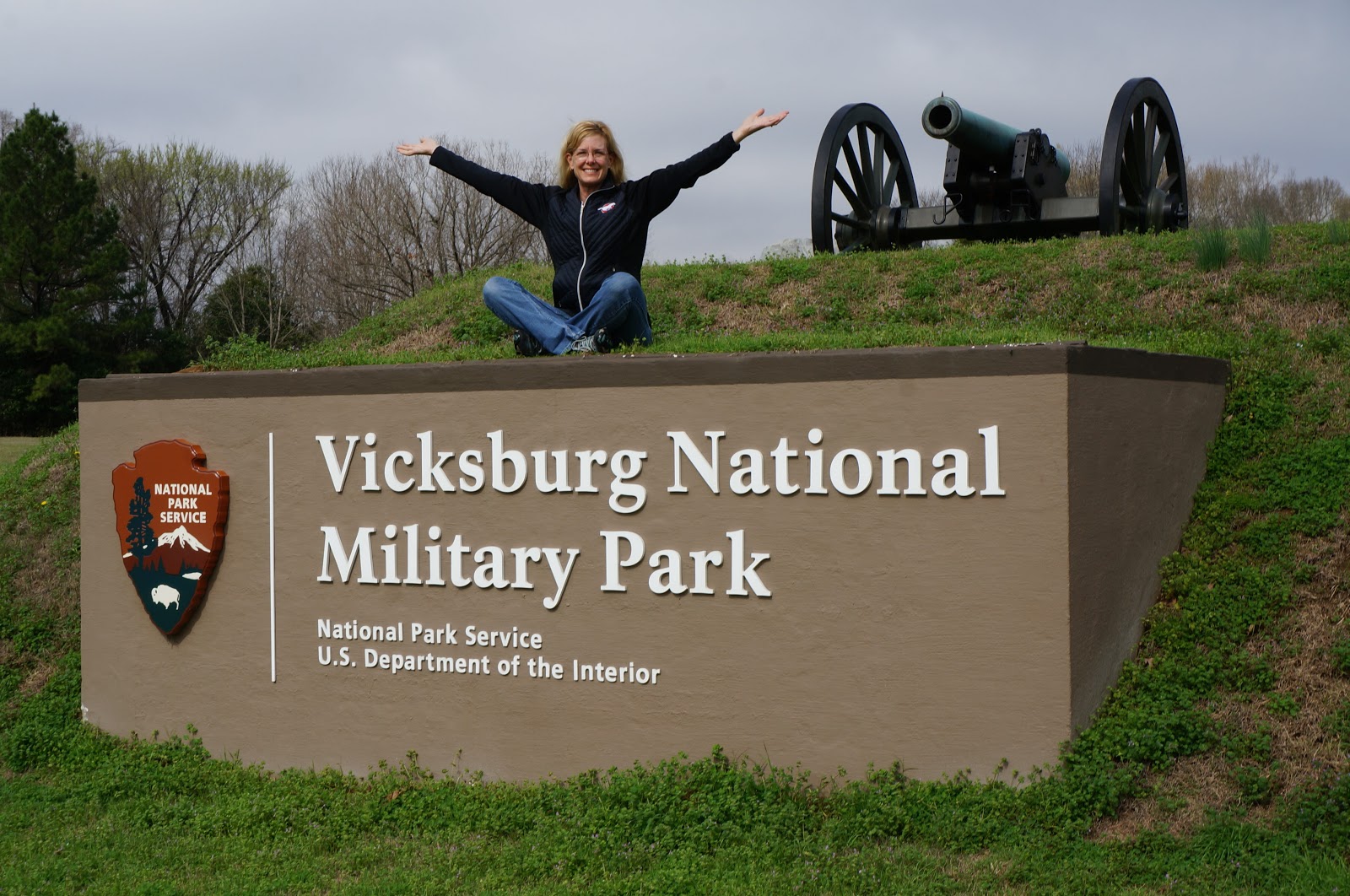
Our next foray was along the Mighty Mississippi, the lifeblood of neighboring historical cities Vicksburg and Natchez. The Civil War was about to come vividly to life! Like Gettysburg, Richmond, and Bull Run, the Siege of Vicksburg is one of the most iconic Civil War battles.
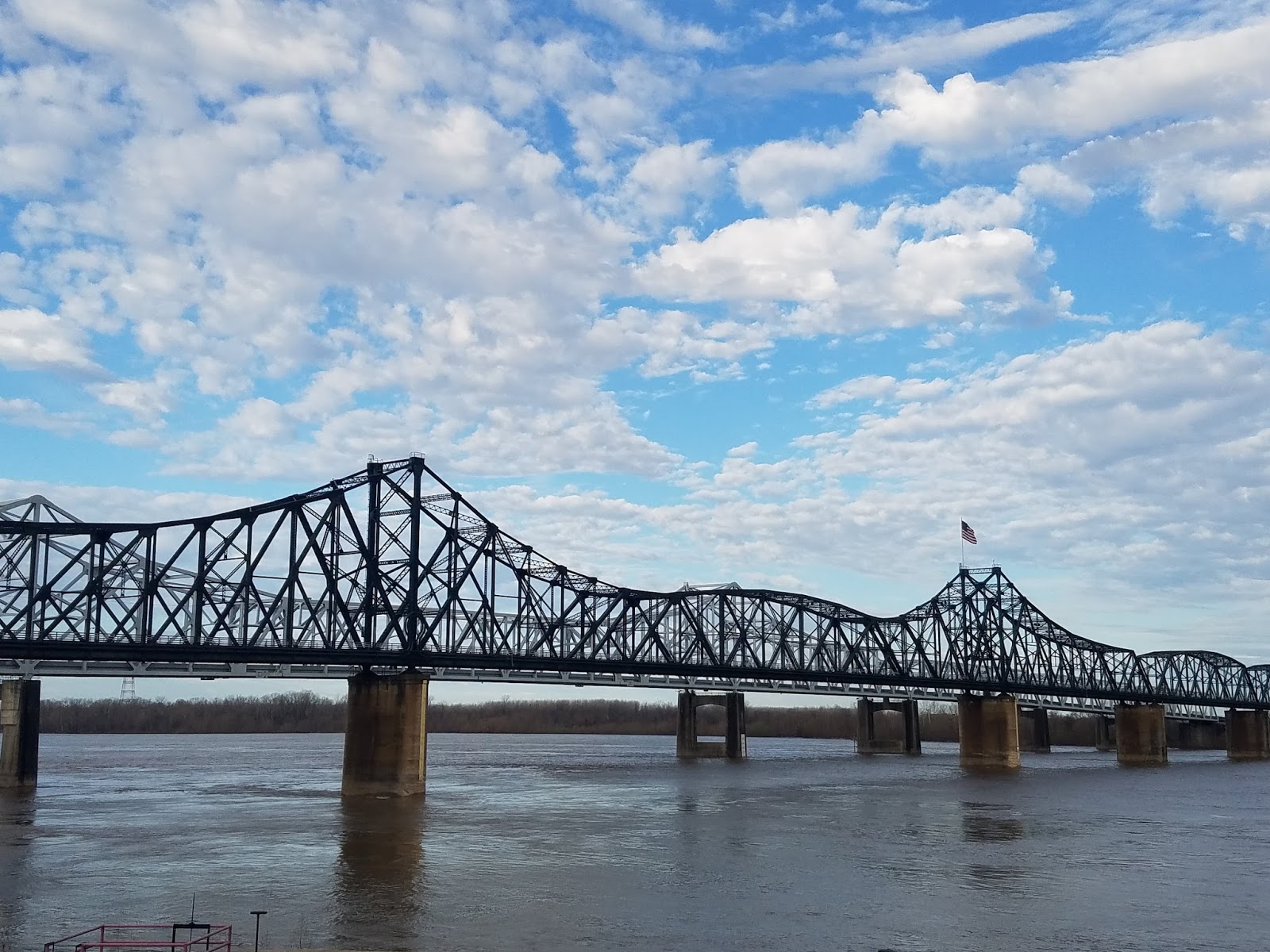
Vicksburg’s location high on the bluffs overlooking the Mississippi River (in fact, highest point between Memphis and the Gulf of Mexico) made it “the key to the South” and necessary for the Union to take it from the Confederacy, who defended it from high locations like this.
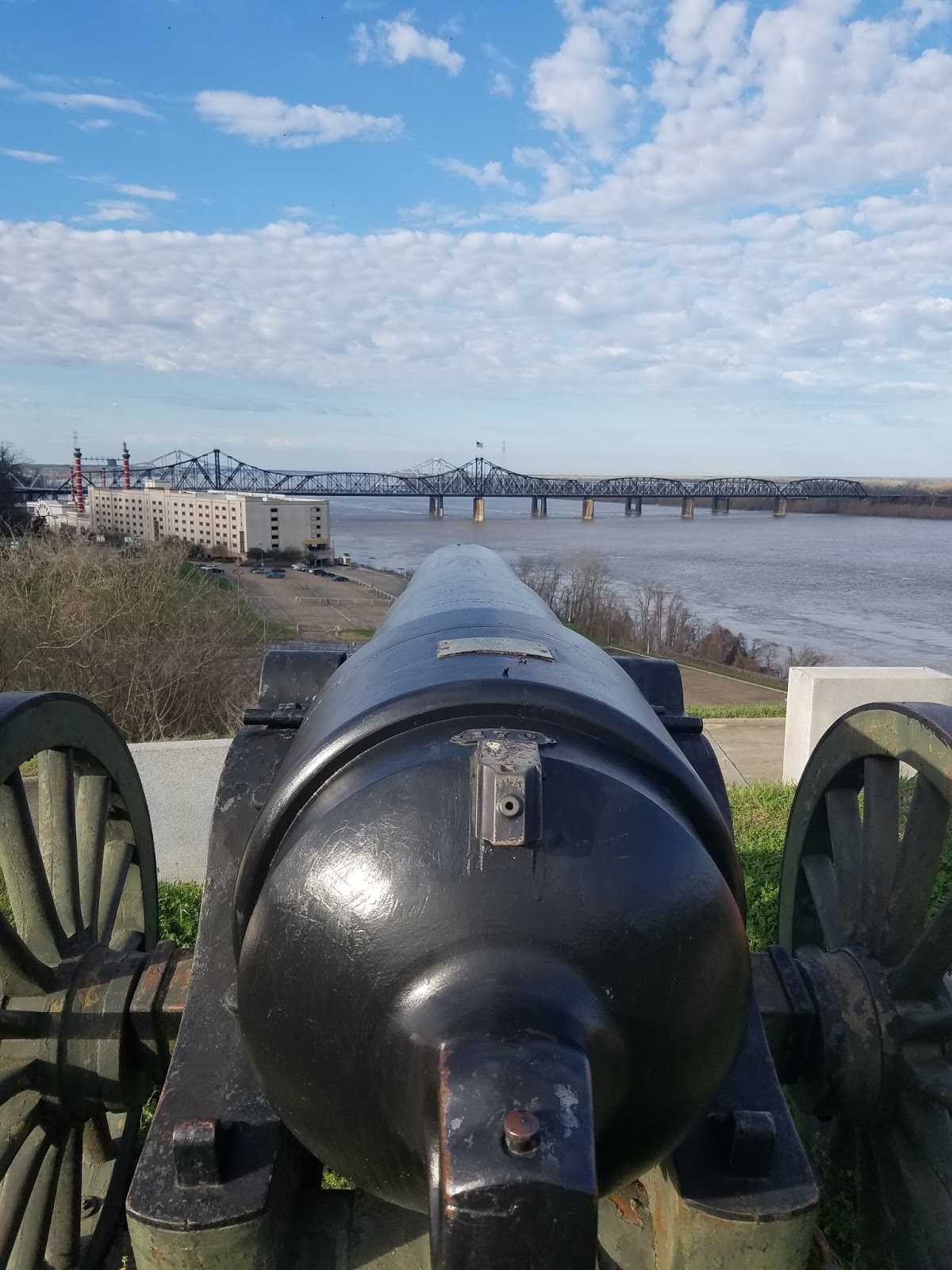
One of Maj. Gen. Ulysses S. Grant’s chiefs put it bluntly … “The opening of the Mississippi River will be to us of more advantage than the capture of 40 Richmonds.”
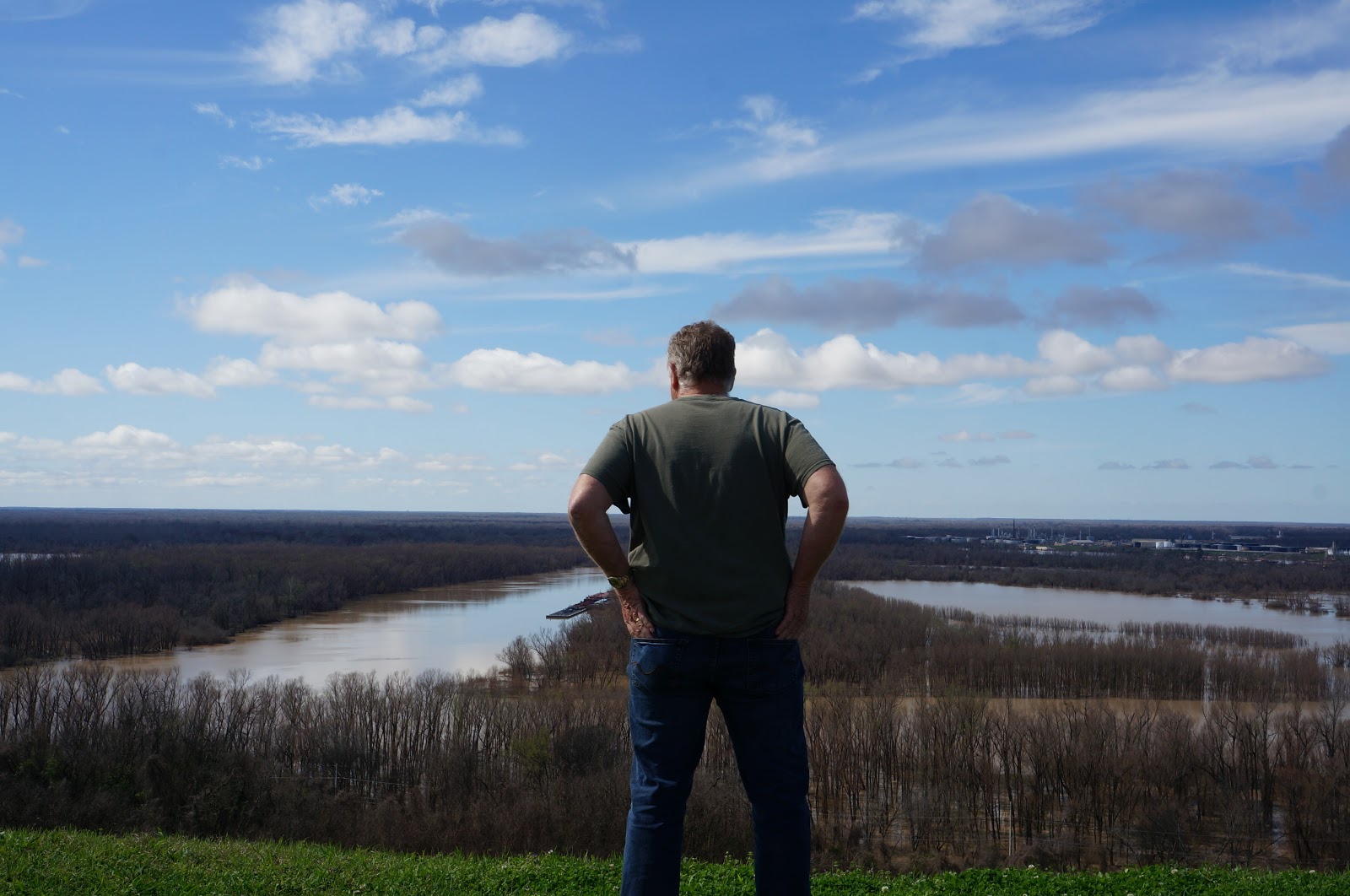
Men – arms – food – supplies … everything had to go through Vicksburg either by water or rail. The most-excellent Vicksburg National Military Park commemorates it all at the location of the 47-day siege.
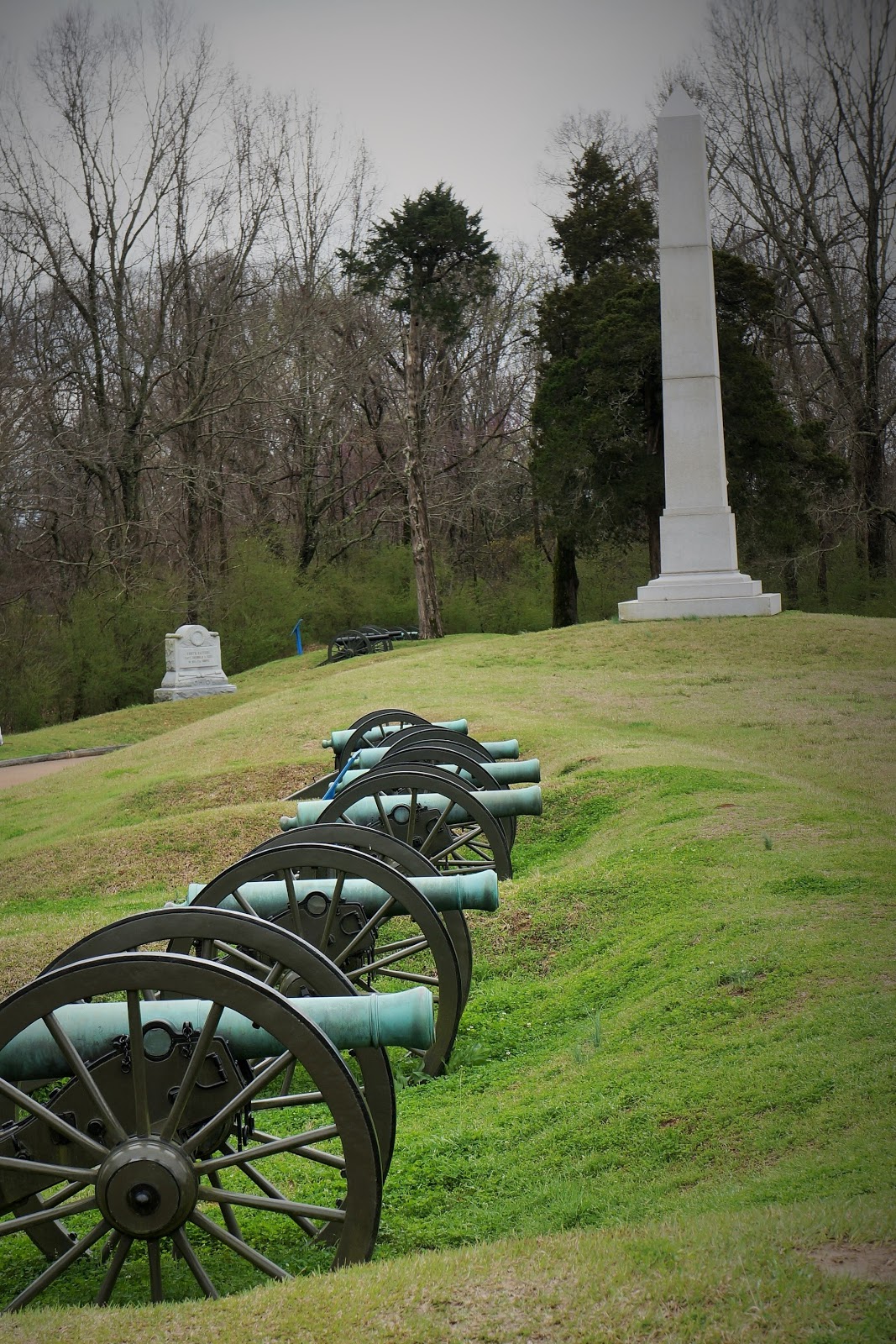
This park is 1,800 acres commemorating the siege and defense of Vicksburg, and it has an astonishing 1,340 monuments, markers and plaques, “offering mute testimony to the courage and sacrifice of blue and gray alike.” You can drive through the entirety of the park with an audio tour to bring it all to life.
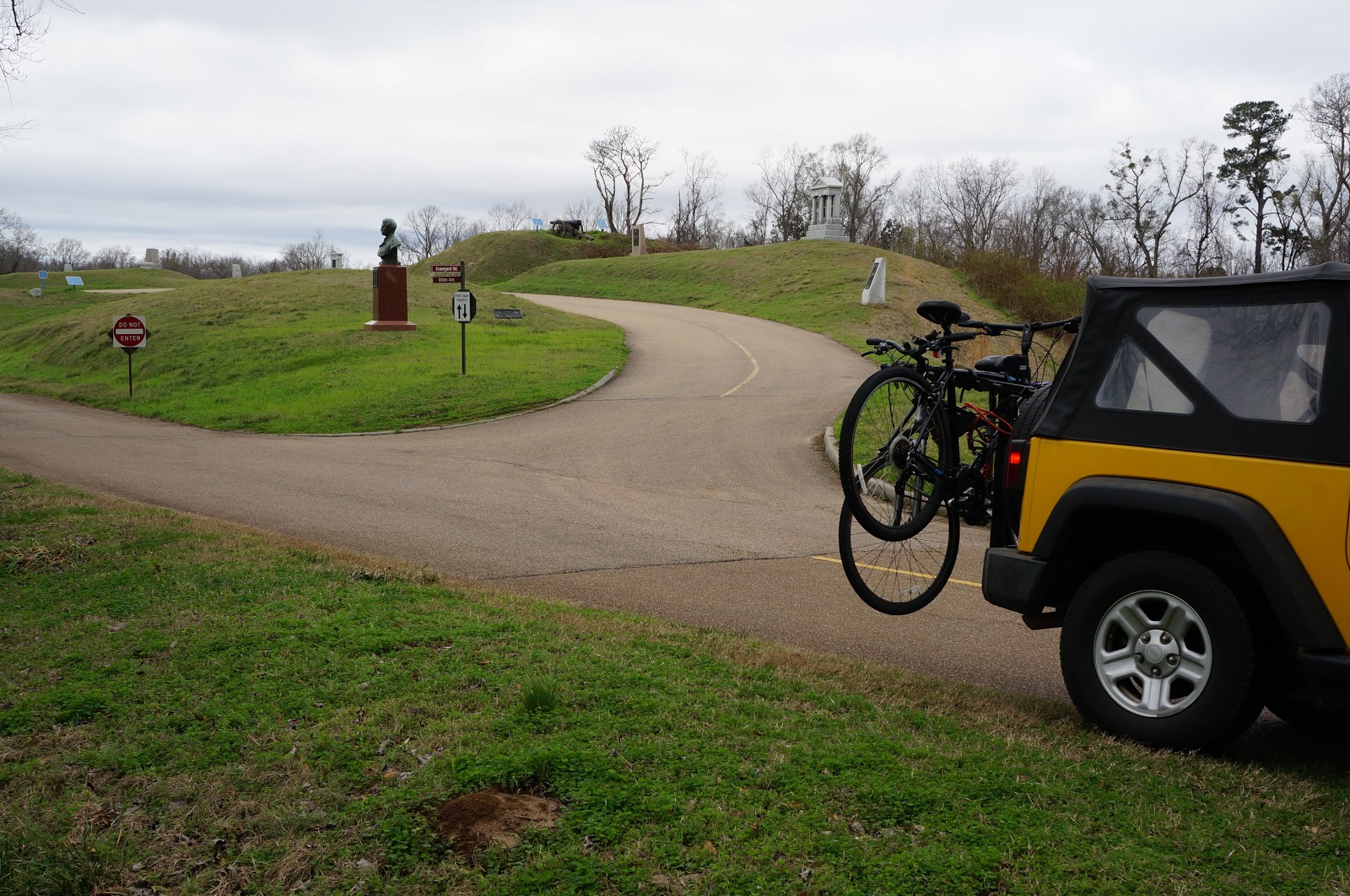
Many “illustrate” where things took place …
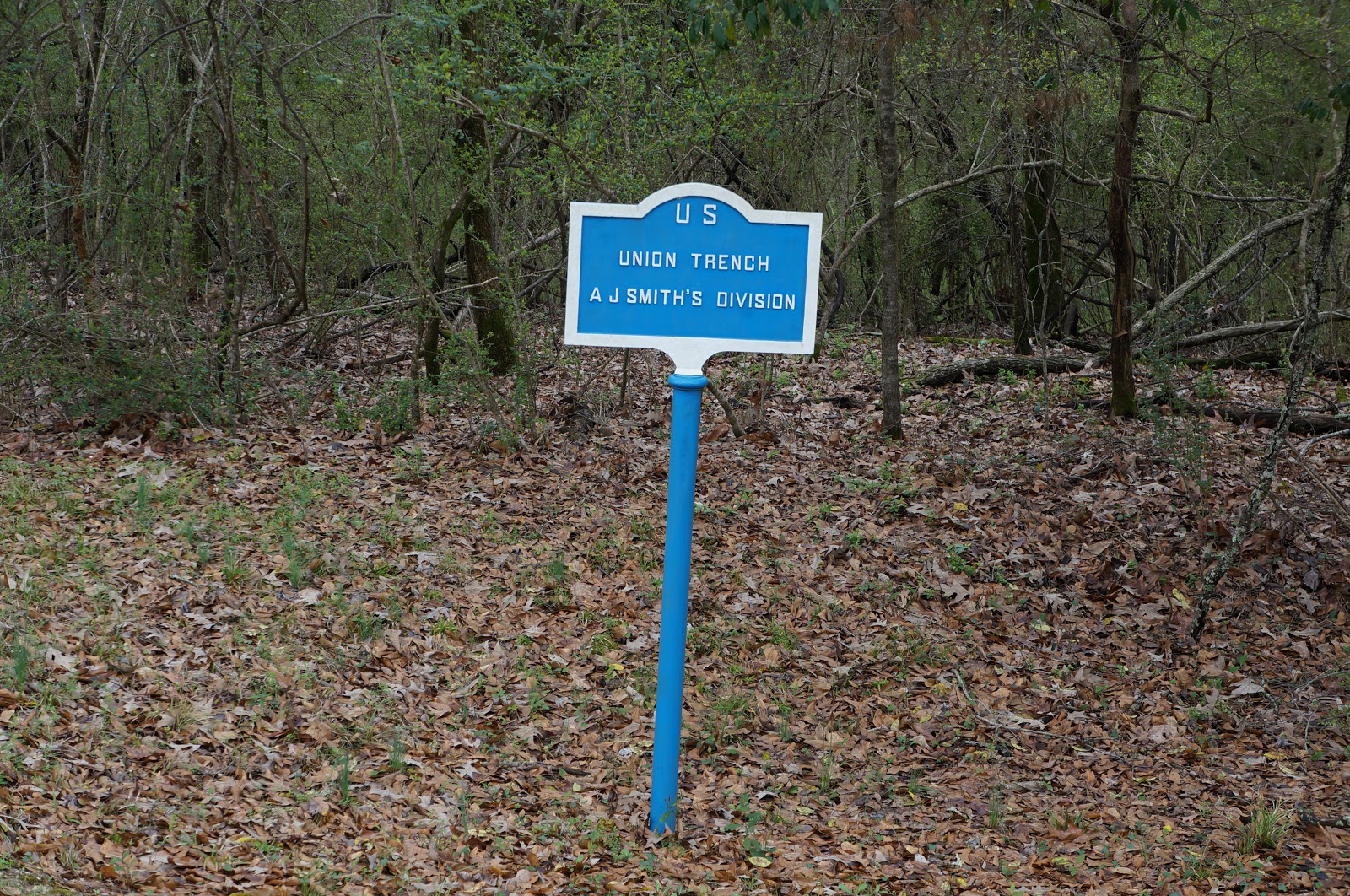
while hundreds more salute important figures in the campaign ….
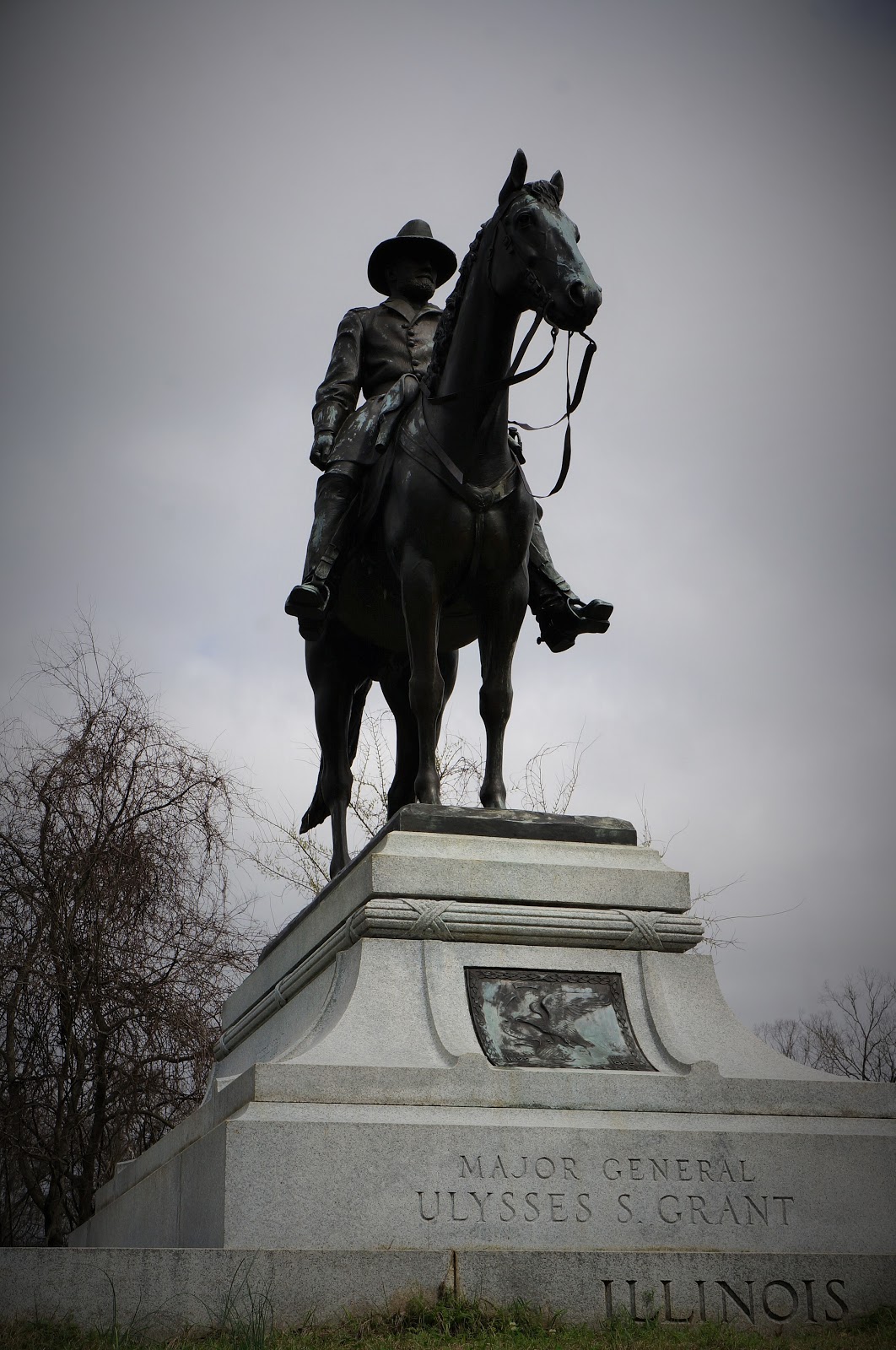
yet the most interesting are the multiple monuments that the individual states from which soldiers arrived, erected to honor the various detachments and regiments and commanders and everything else. They range from very simple to astonishingly grandiose; for instance, this is from Illinois …..
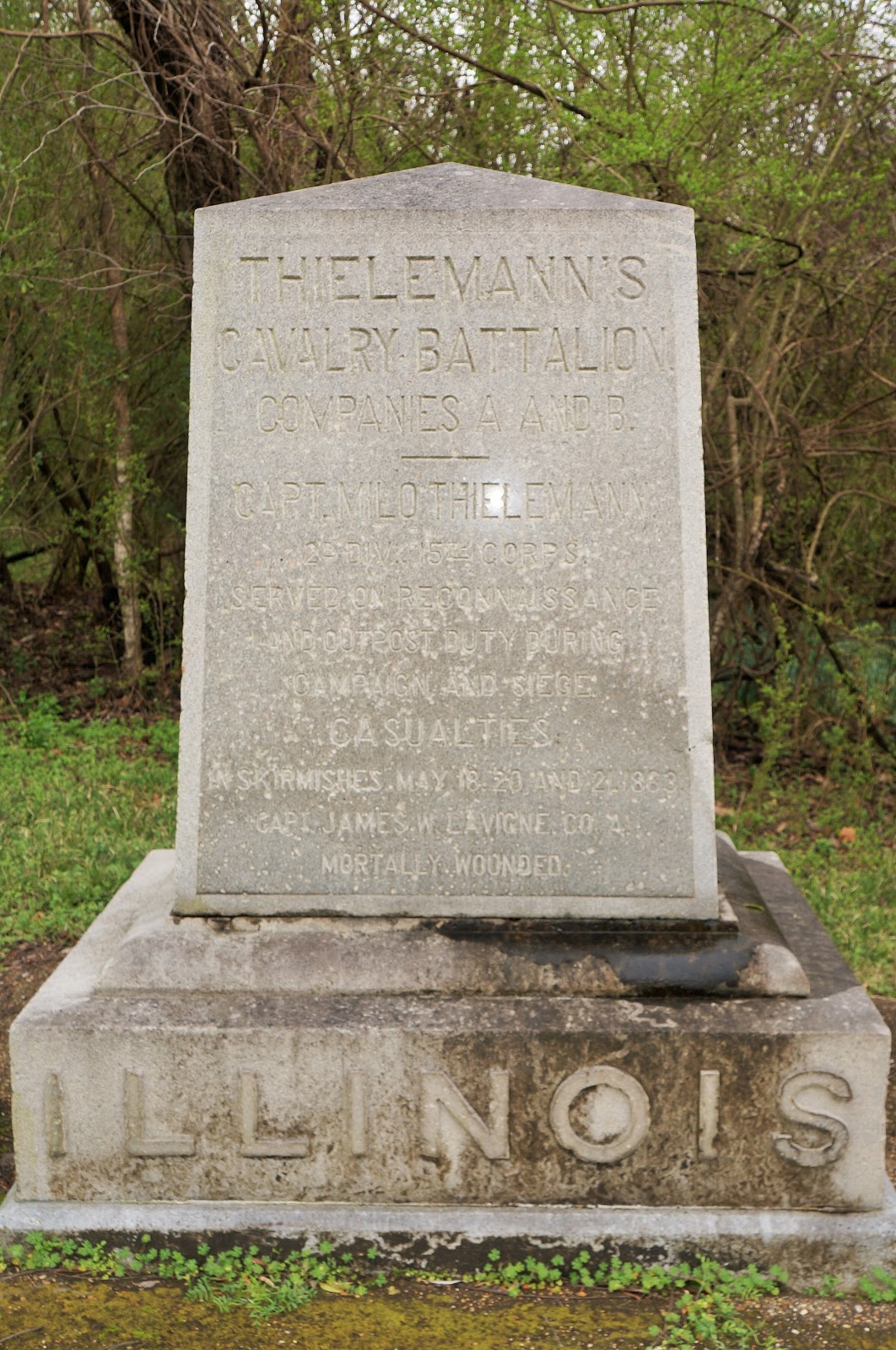
And so is this!!!


Illinois’ main monument is the largest and most ornate in the park, honoring over 36,000 soldiers from Illinois that fought in the Vicksburg campaign.

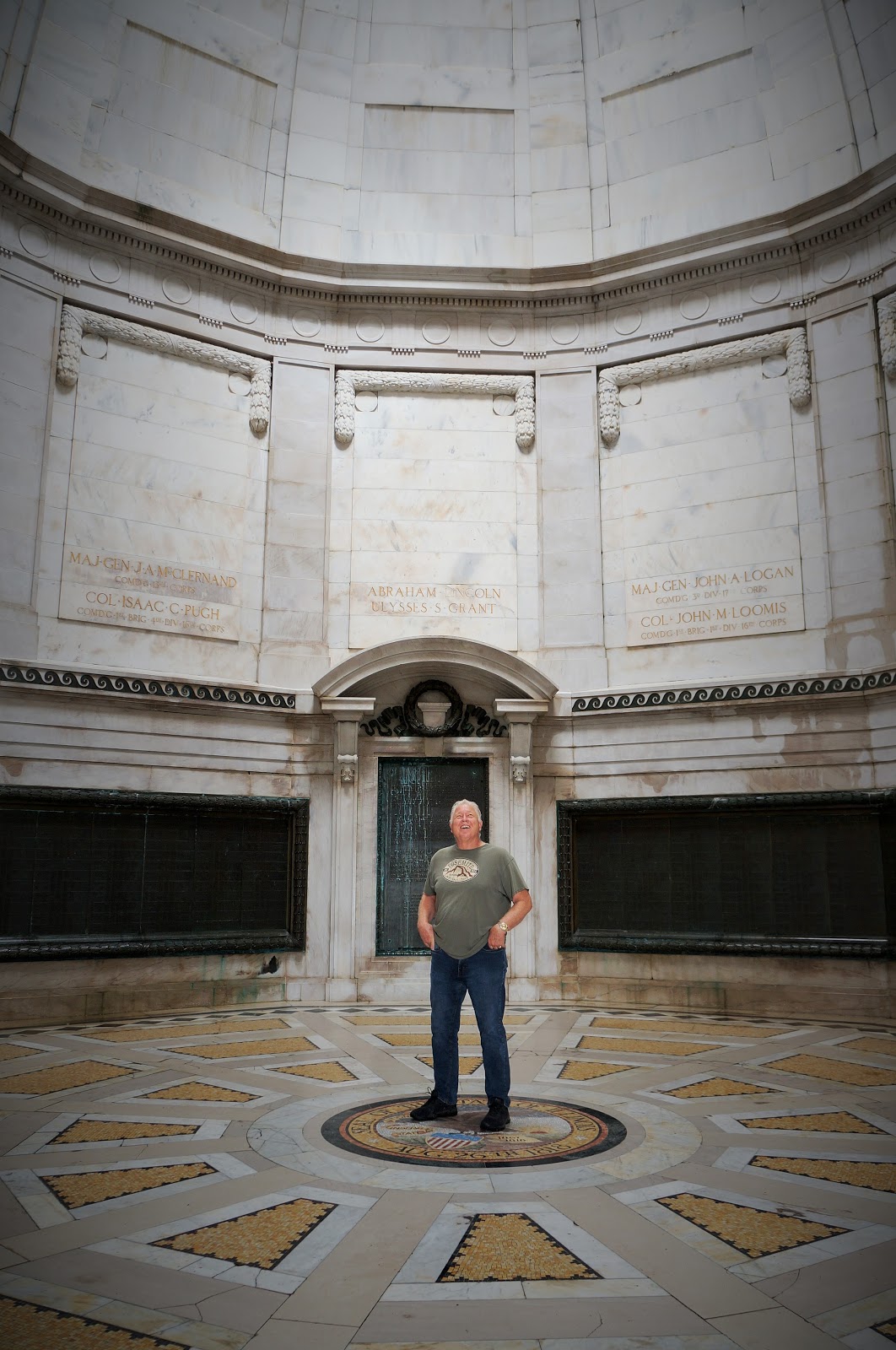
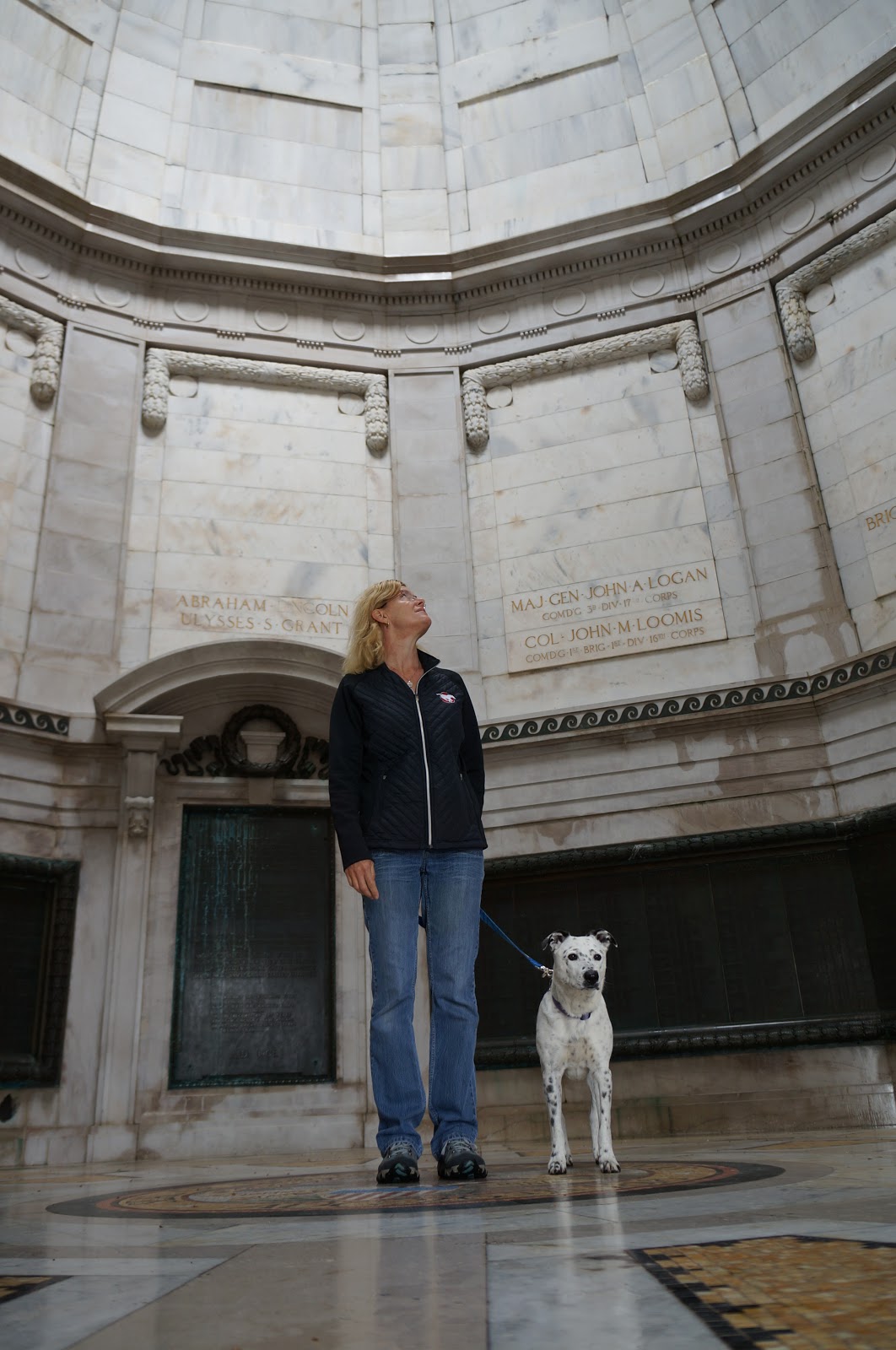

The nation’s leading artists and architects designed the memorials, erected mostly between 1903-1917. Vicksburg National Military Park has aptly been called “the art park of the world.”
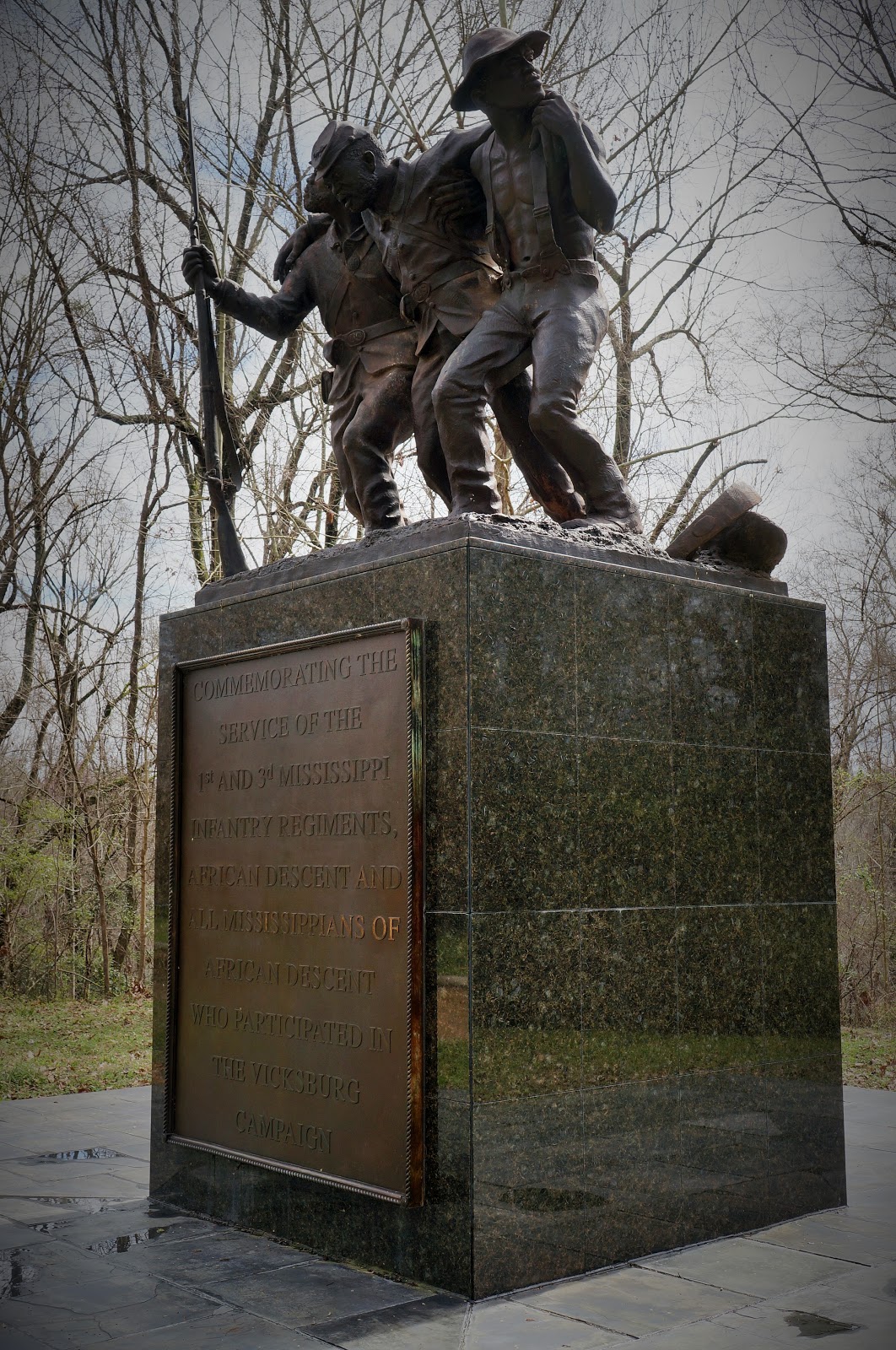

The Vicksburg National Cemetery holds the remains of 17,000 Union soldiers, a number unmatched by any other national cemetery.

The rolling hills in VNMP are dotted with these simple markers to those who fought for the Union; Confederate soldiers were buried elsewhere in Vicksburg.
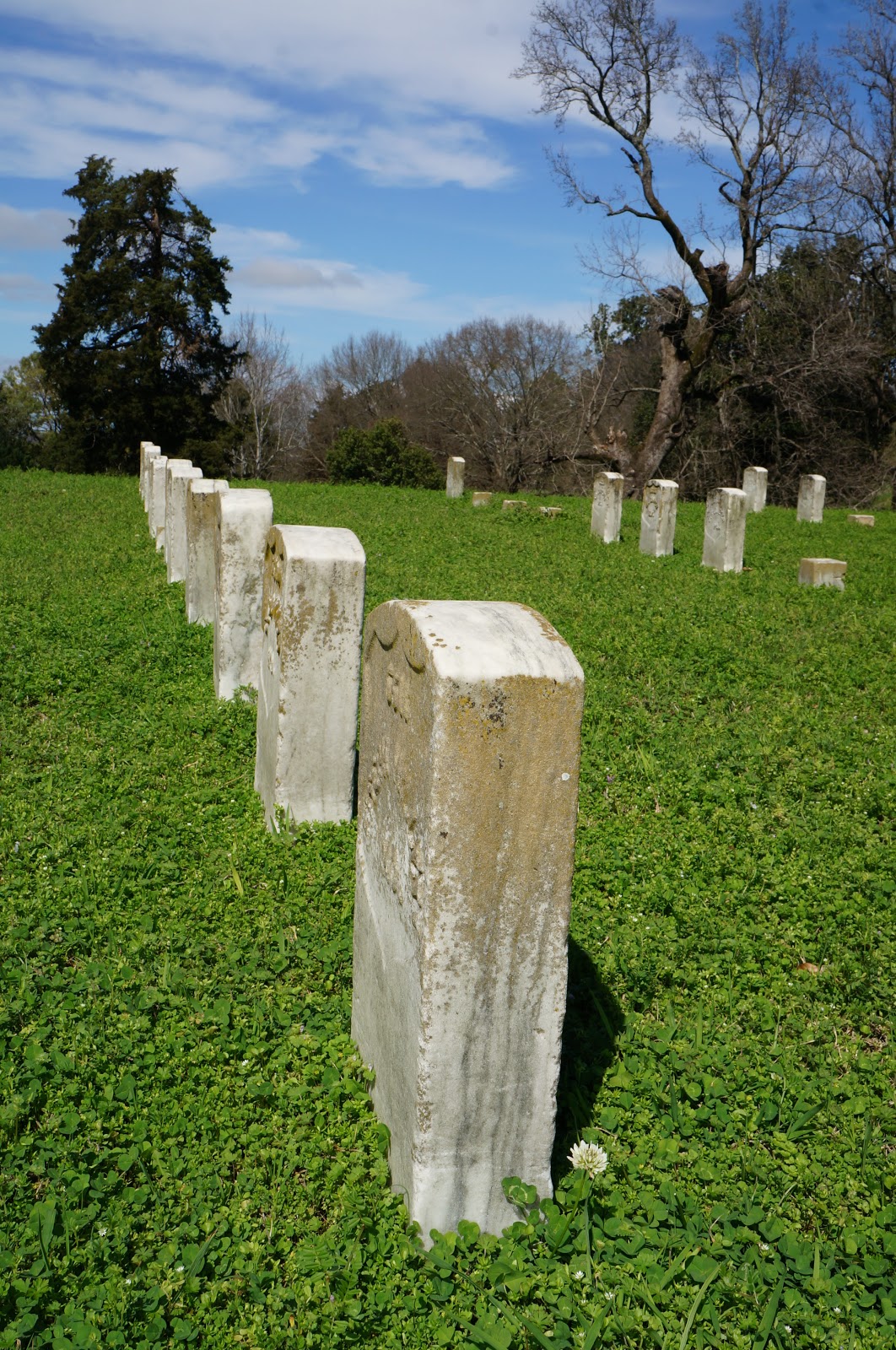
Many are marked with simply a number.
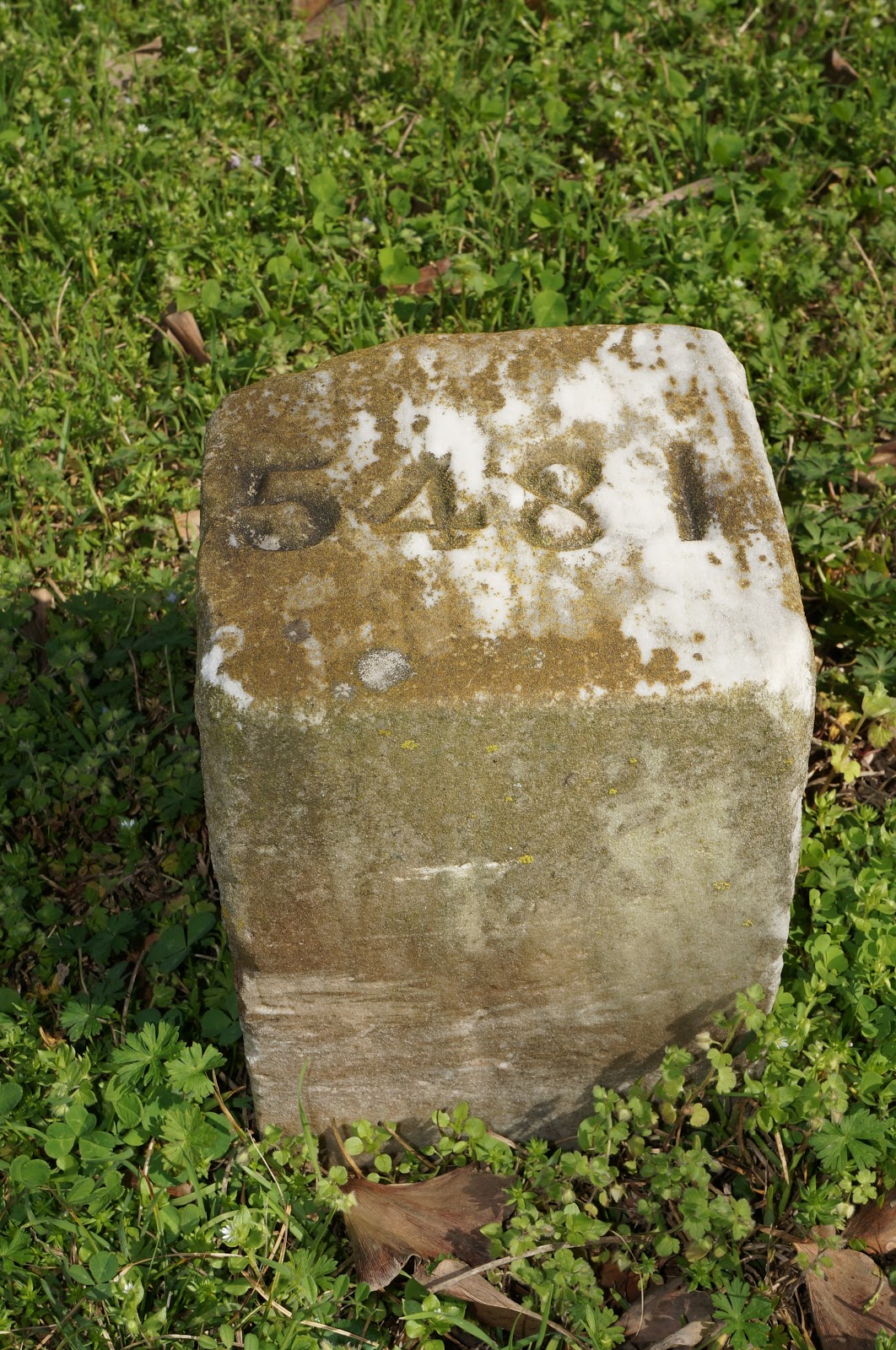
Others, if they were able to be identified, identify the name and state from which they came.
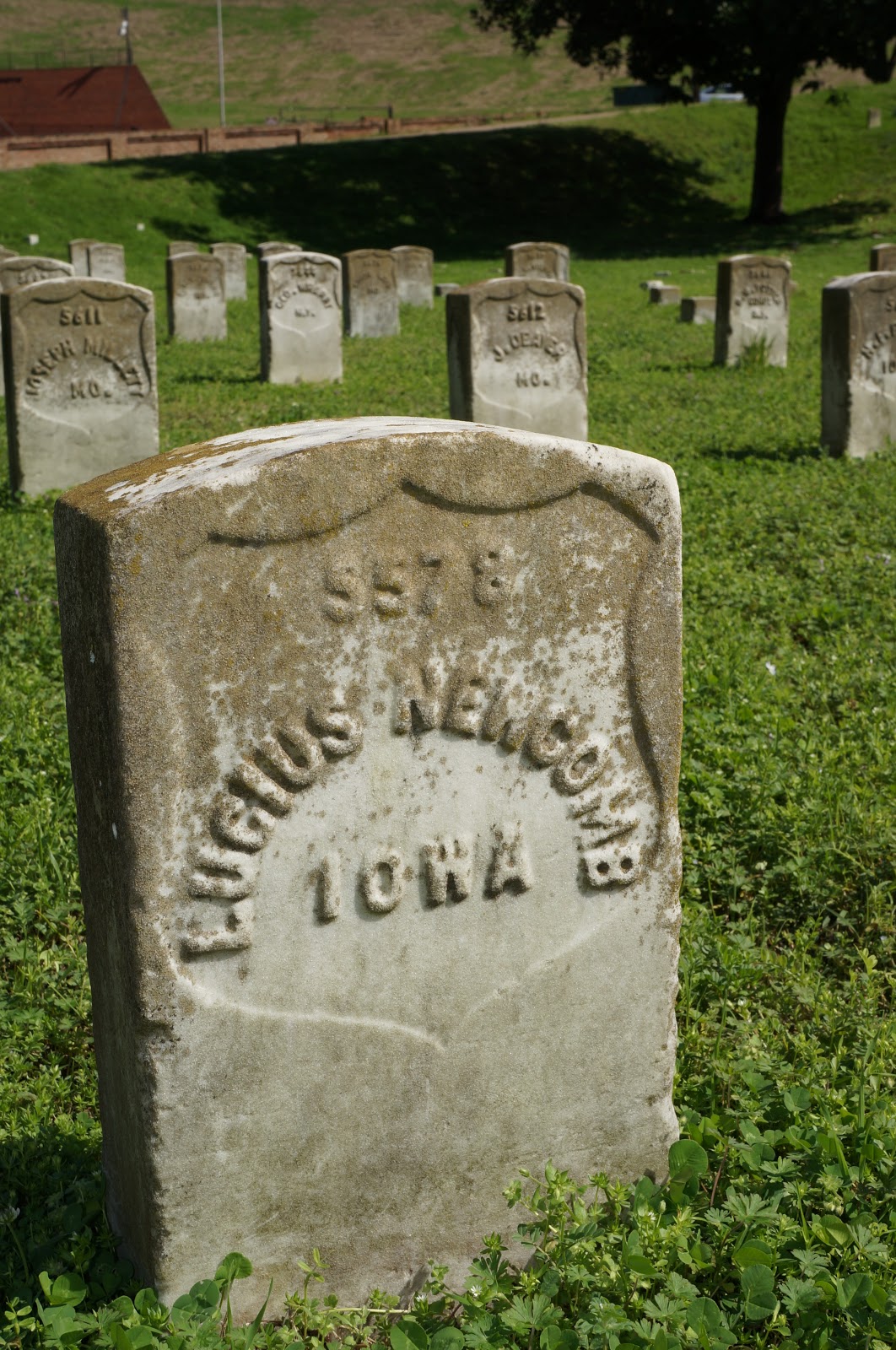
Vicksburg National Military Park is also home to the USS Cairo, a restored Union ironclad gunboat.

The Cairo, on a mine-clearing expedition in 1862, was sunk by the Confederates in less than 13 minutes, but with no loss of life. She was the first armed vessel in the history of warfare to be sunk by a torpedo.

It laid on the floor of the Yazoo River for 102 years until an ordinary guy with a hunch went looking for it. It was subsequently raised over many years and restored for this display.
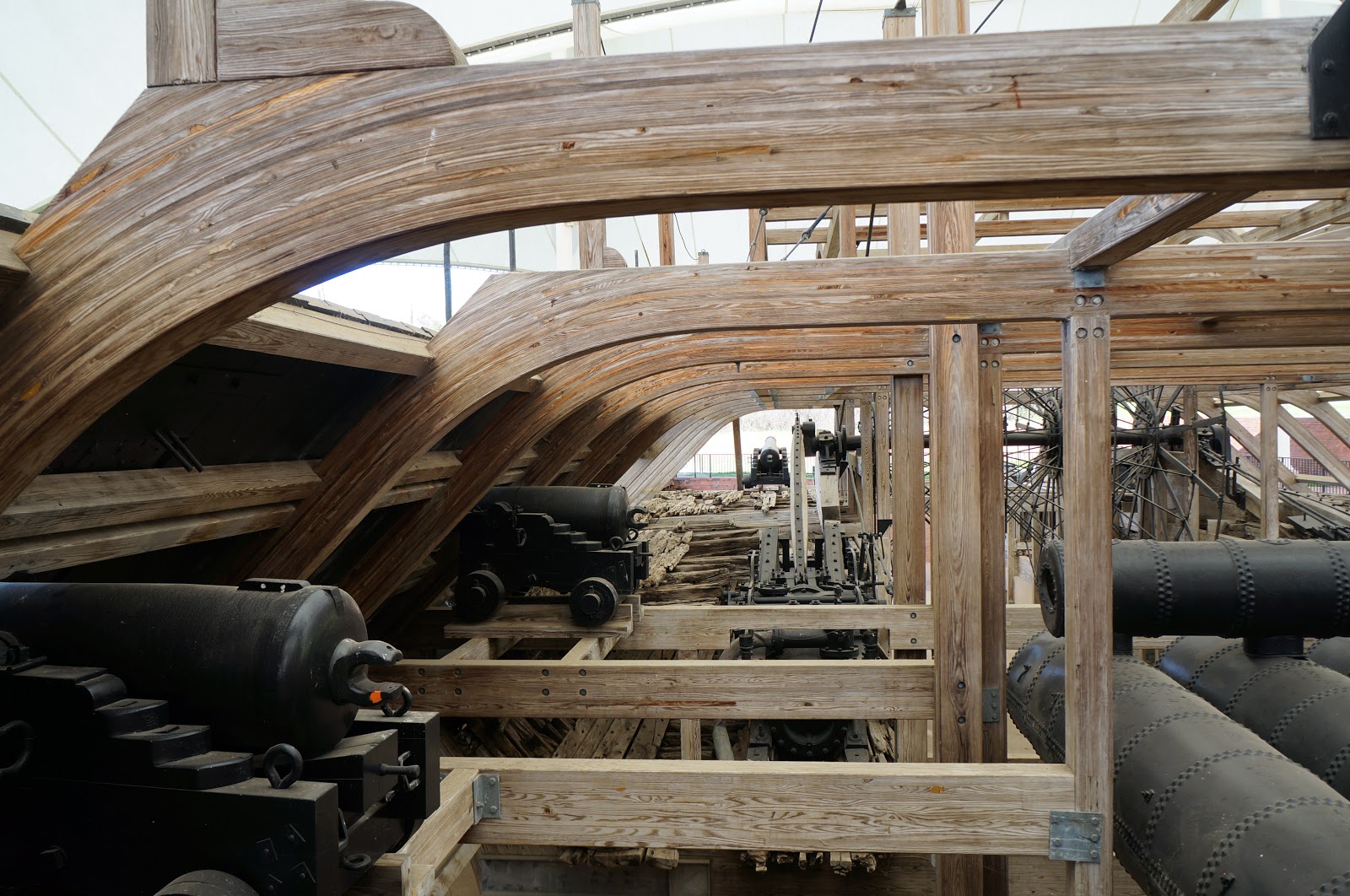
Back in town, this may look like a riverboat, but it’s actually a casino disguised as a riverboat!
Fooled me!
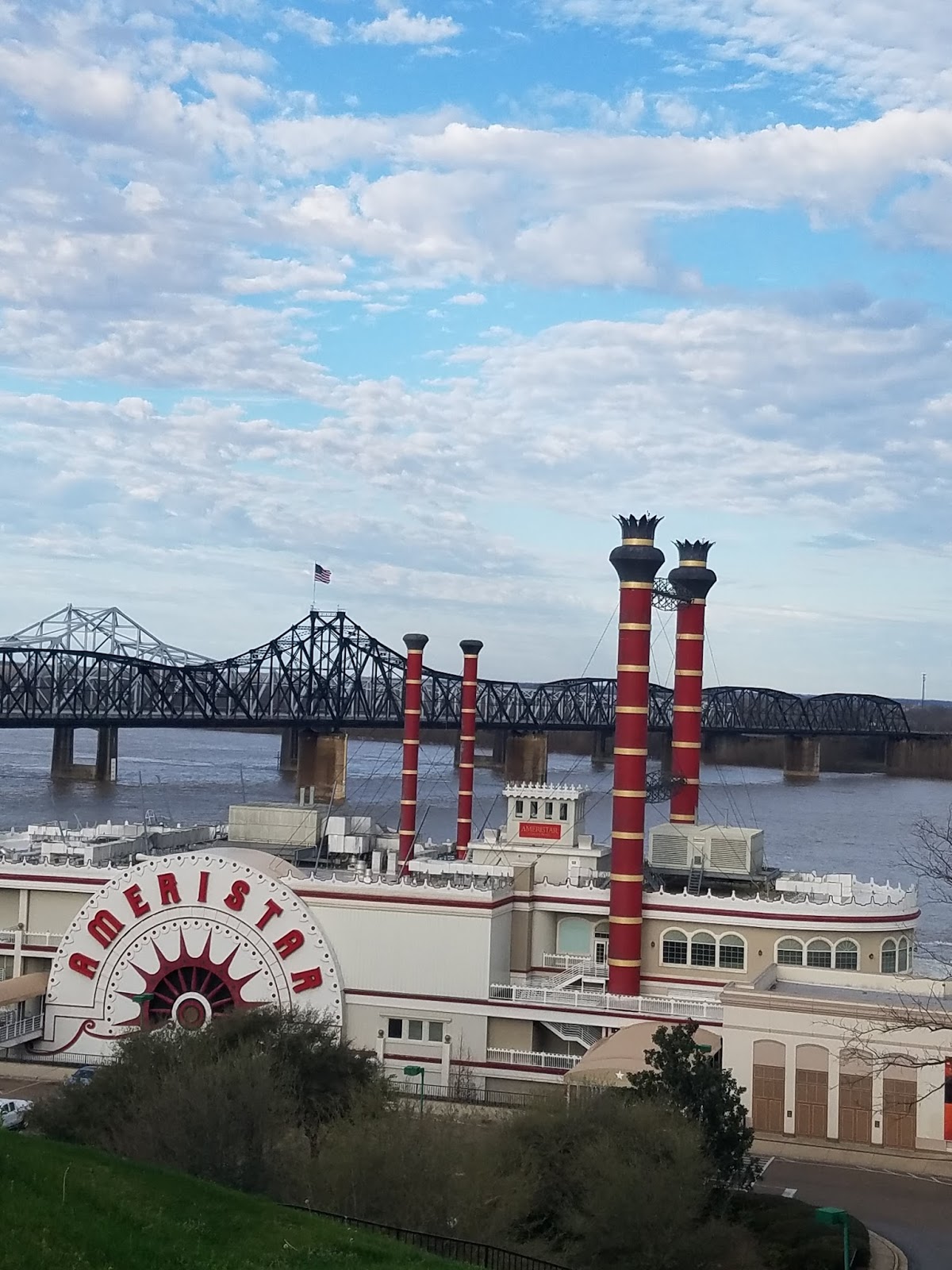
As mentioned previously, everything in this area revolves around the Mississippi River,
most often “how to control the flooding.” This is still extremely relevant today; in fact,
during our visit it has been raining A LOT and we’ve already had an RV Park in Memphis call us
and say “don’t come” because the Miss. River has flooded their park.
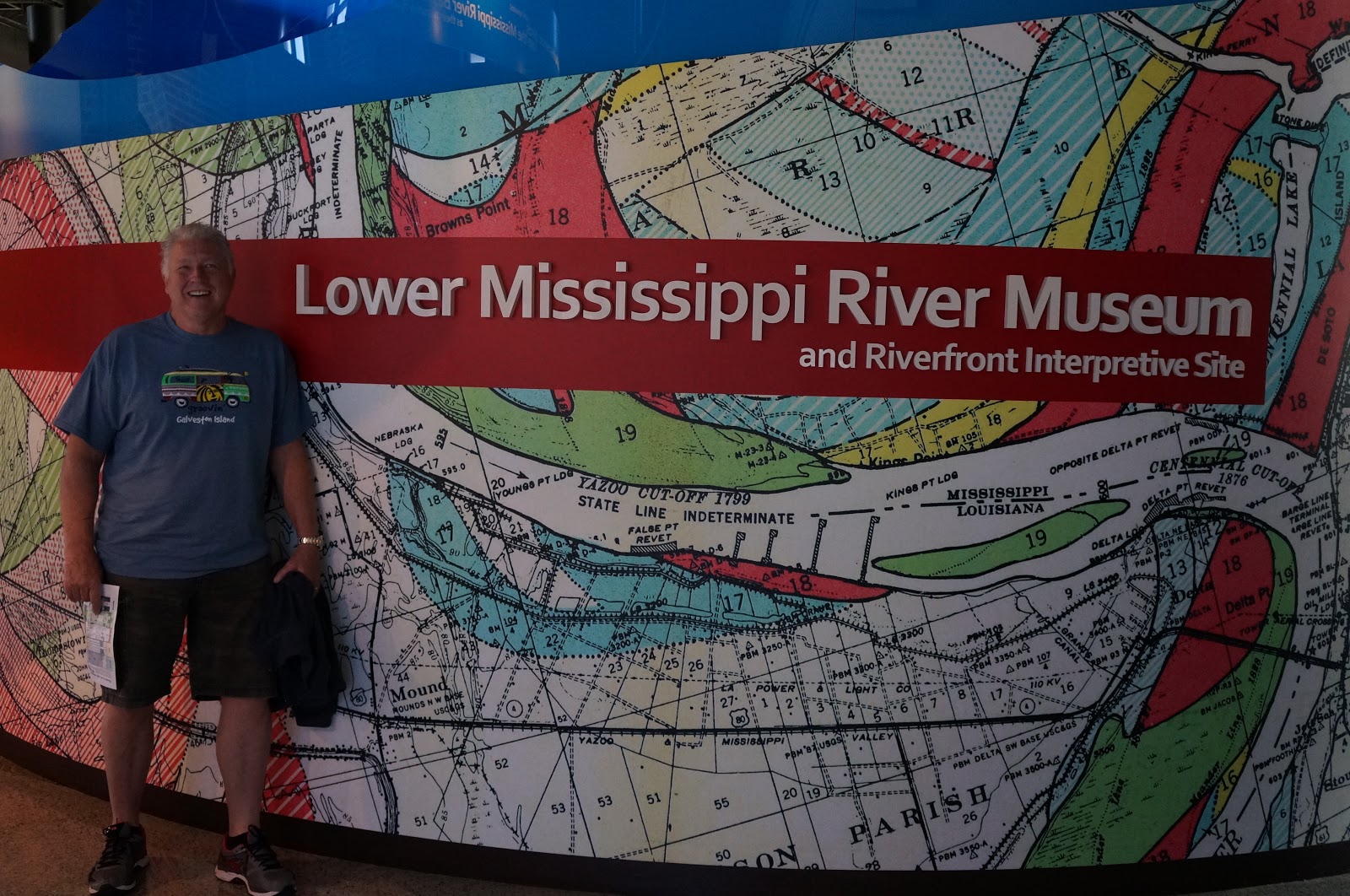
This museum also features a walk-thru exhibit of the Army Corps of Engineers’ motor vessel, in
which they go up and down the river soliciting input and comments from cities and officials along
the river, kind of a floating town hall, without the shouting and probably no refreshments.
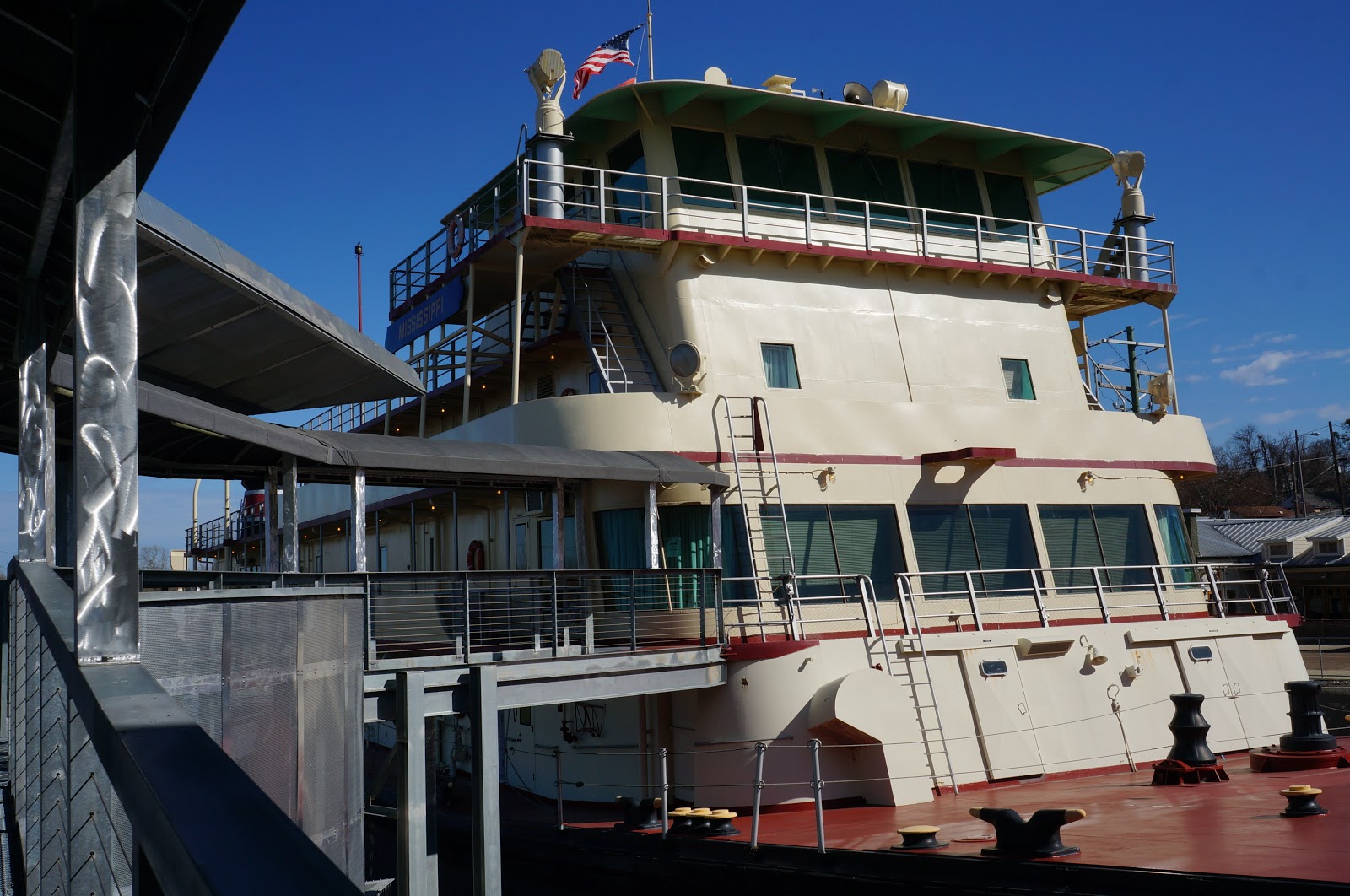
This boat’s captain would have to pass a Pilot’s Test, which starts with drawing the entire Mississippi River from memory, including bridges, ports and landmarks. He would also have to master piloting, compass usage, weather, seamanship, celestial navigation, communications, shipboard training, and management … PLUS serve an apprenticeship. Something tells me this clown didn’t pass!
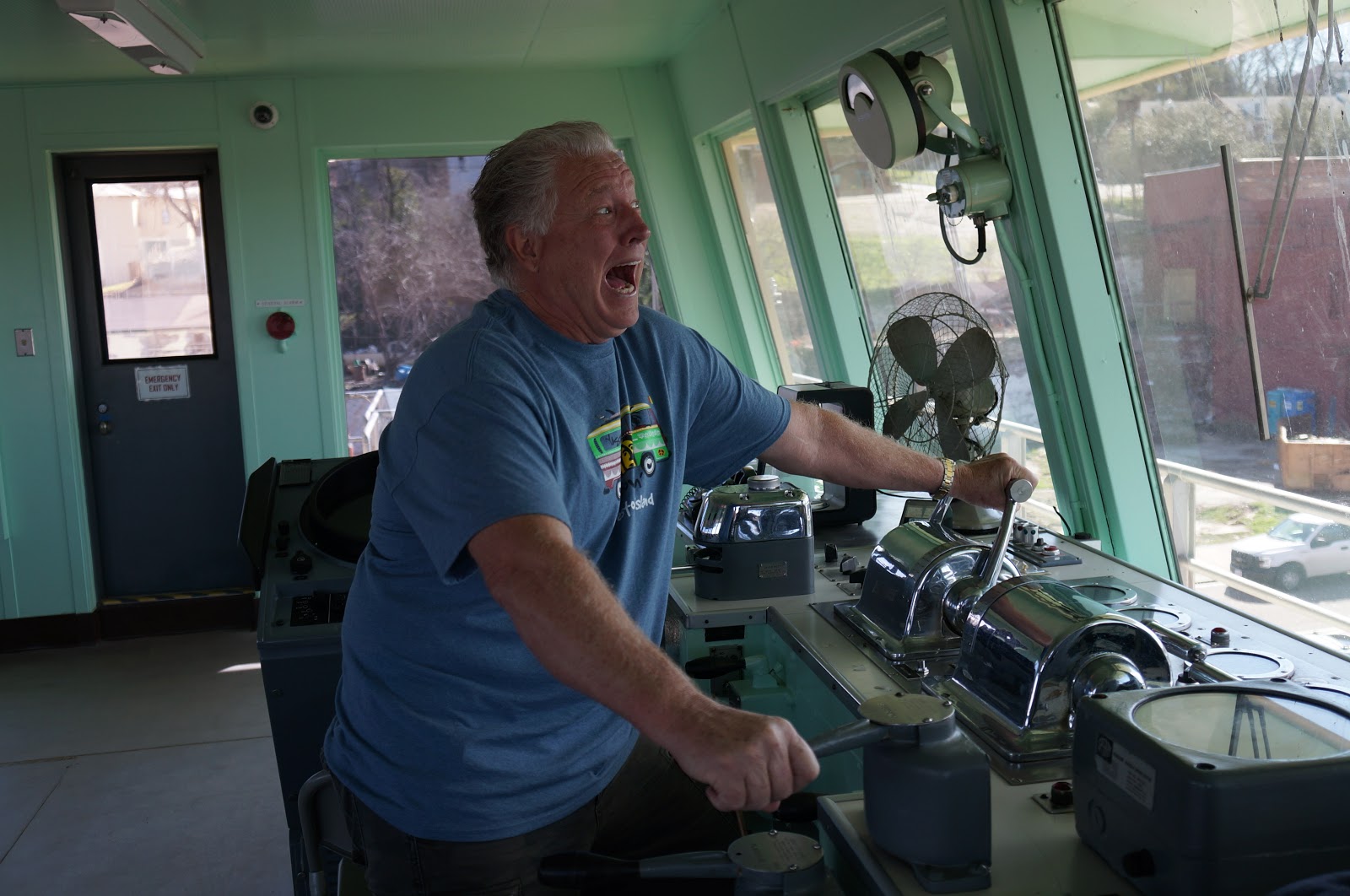
The Biedenharn Coca-Cola Museum is on the site where a simple candy-store operator first bottled Coke in 1894.
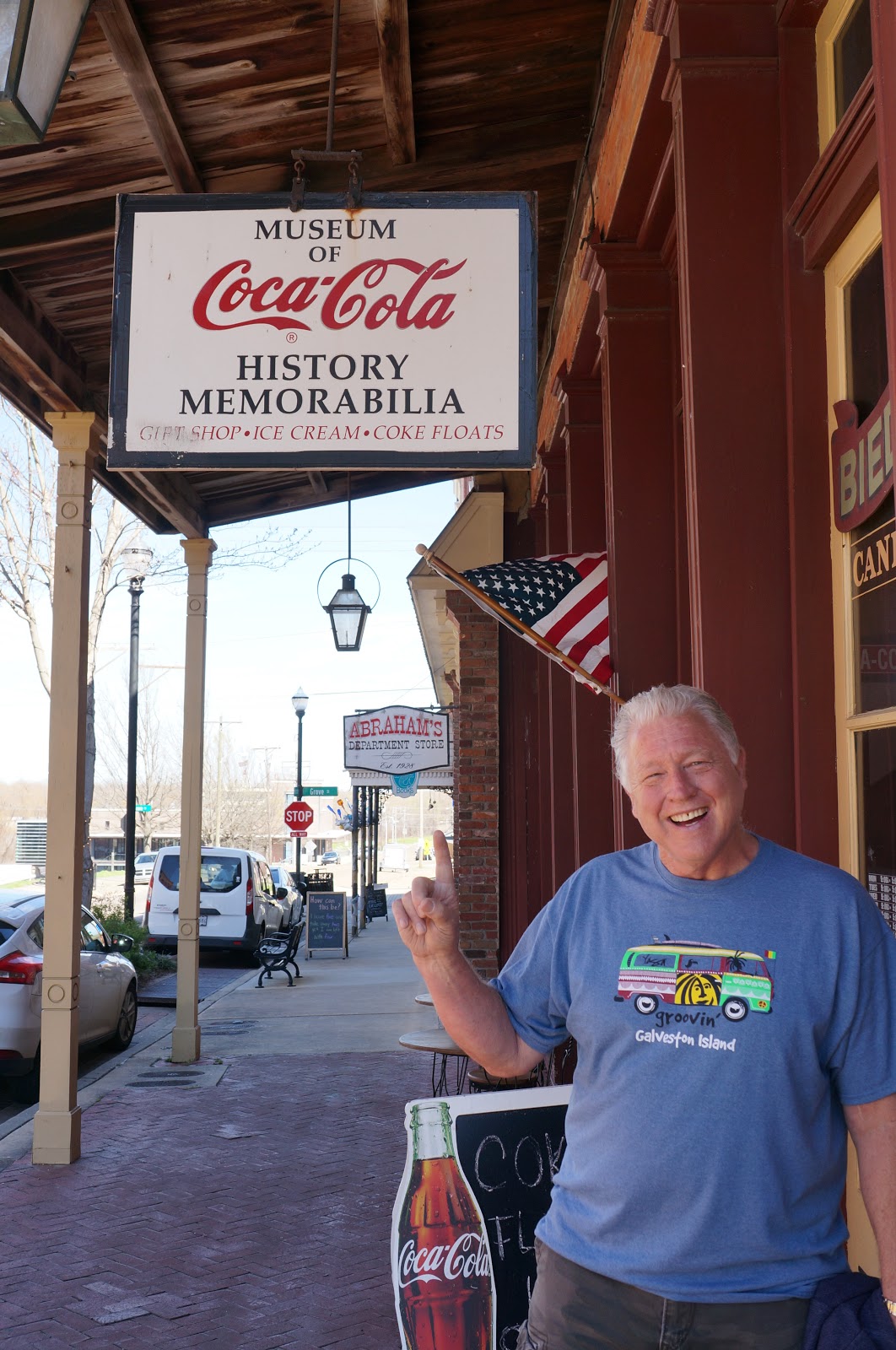
Previously, Coke was only sold at a fountain in a corner drugstore, where it was made from syrup concentrate. This was Biedenharn’s 1892 fountain, made entirely of onyx.
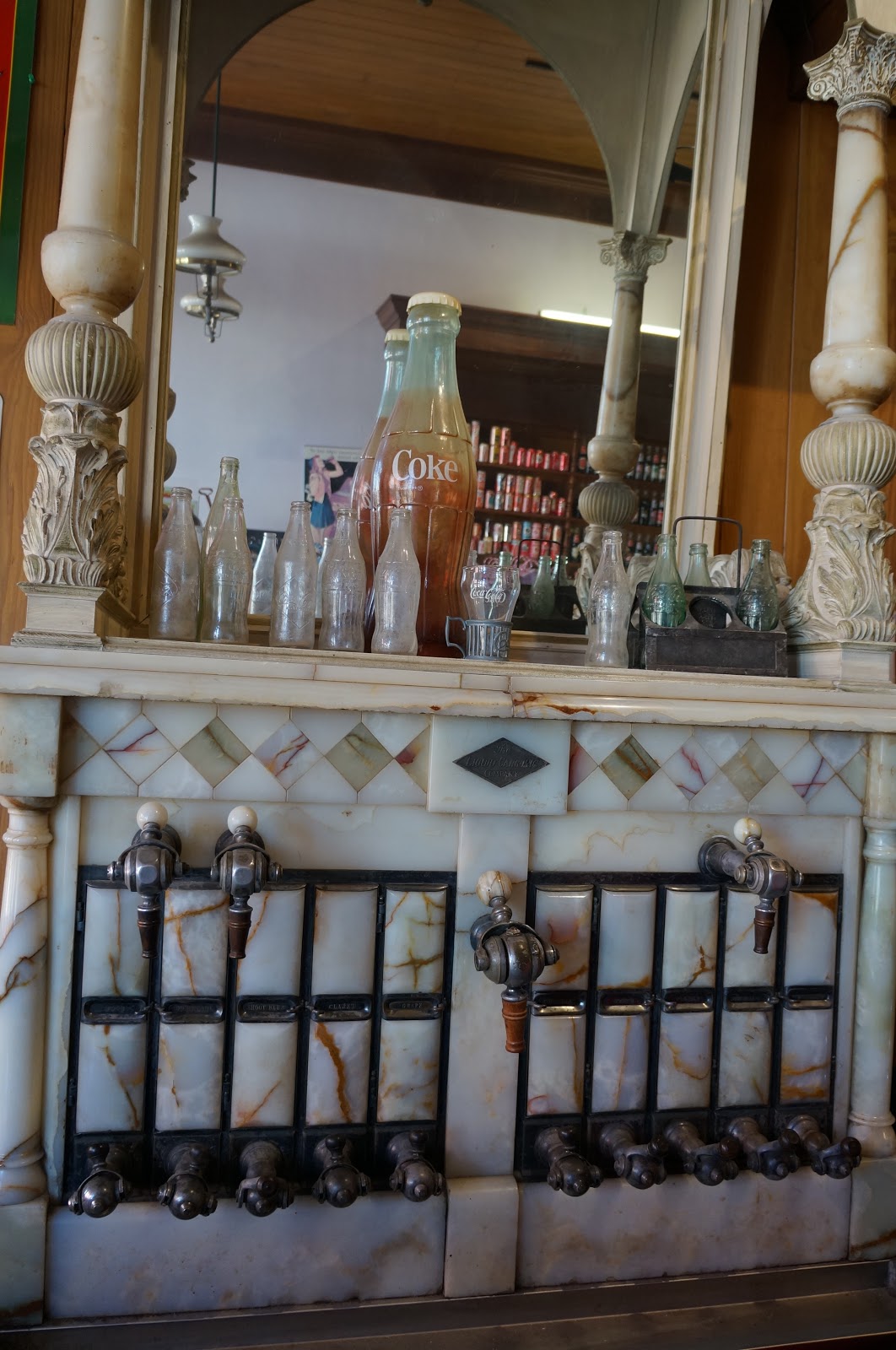
Bottling Coke for home deliveries seems straightforward enough,
but back in those times it was quite complicated to figure out how to bottle and stopper it, such
that the carbonation would remain and the taste would be consistent.
Biedenharn used this equipment in his Vicksburg store, including a mesh mask and heavy
gloves because the poor-quality glass bottles frequently exploded.

The bottles were delivered to rural Vicksburg customers via horse and wagon, or boat up and down the Mississippi. And of course, the rest is history, but this museum salutes Biedenharn as the patriarch of the franchise bottling system.
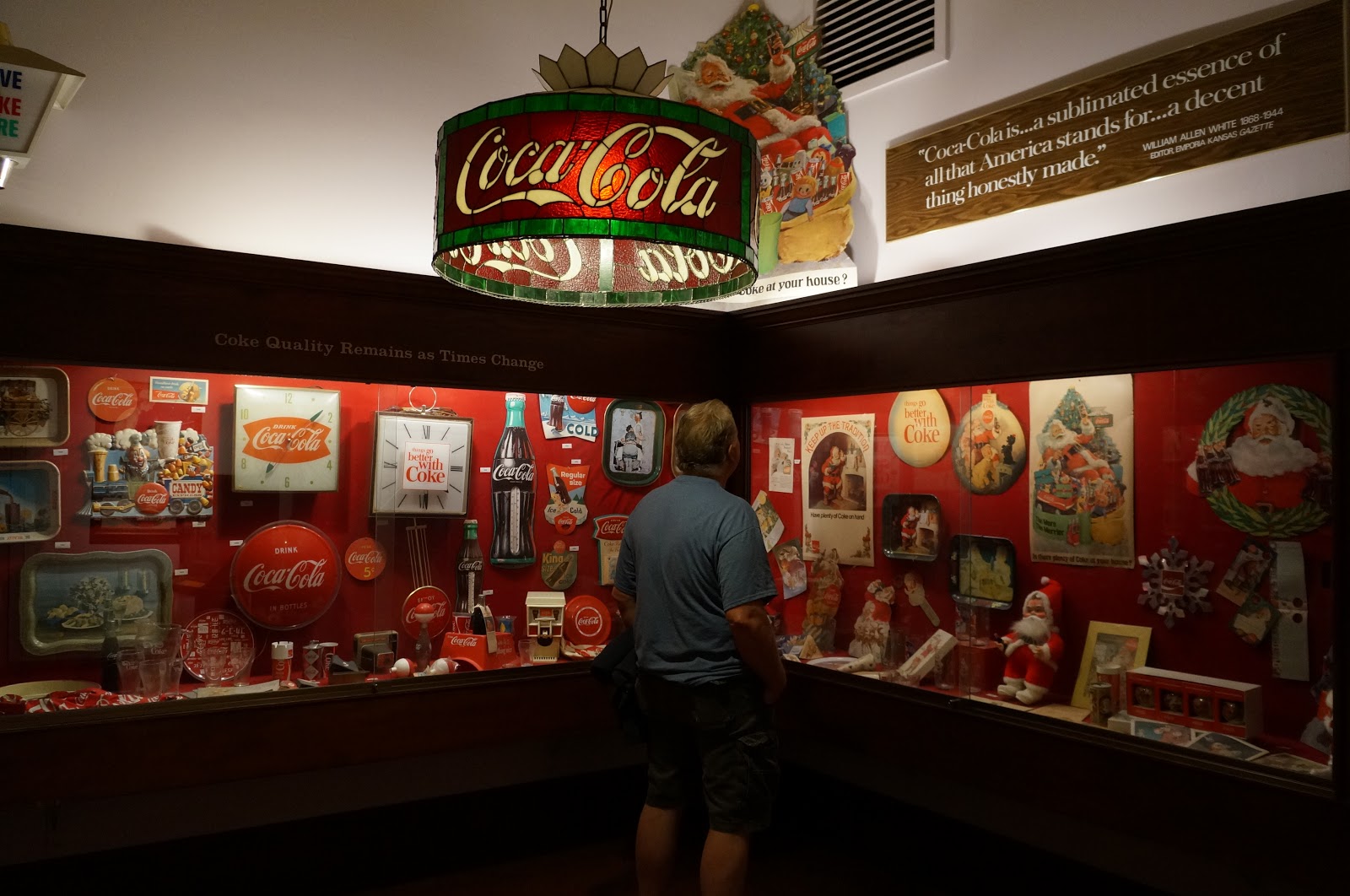

A series of 32 beautiful historical Riverfront Murals are painted on a Miss. River levee wall,
including many things you’ve just learned about! Pop quiz! Were you paying attention?
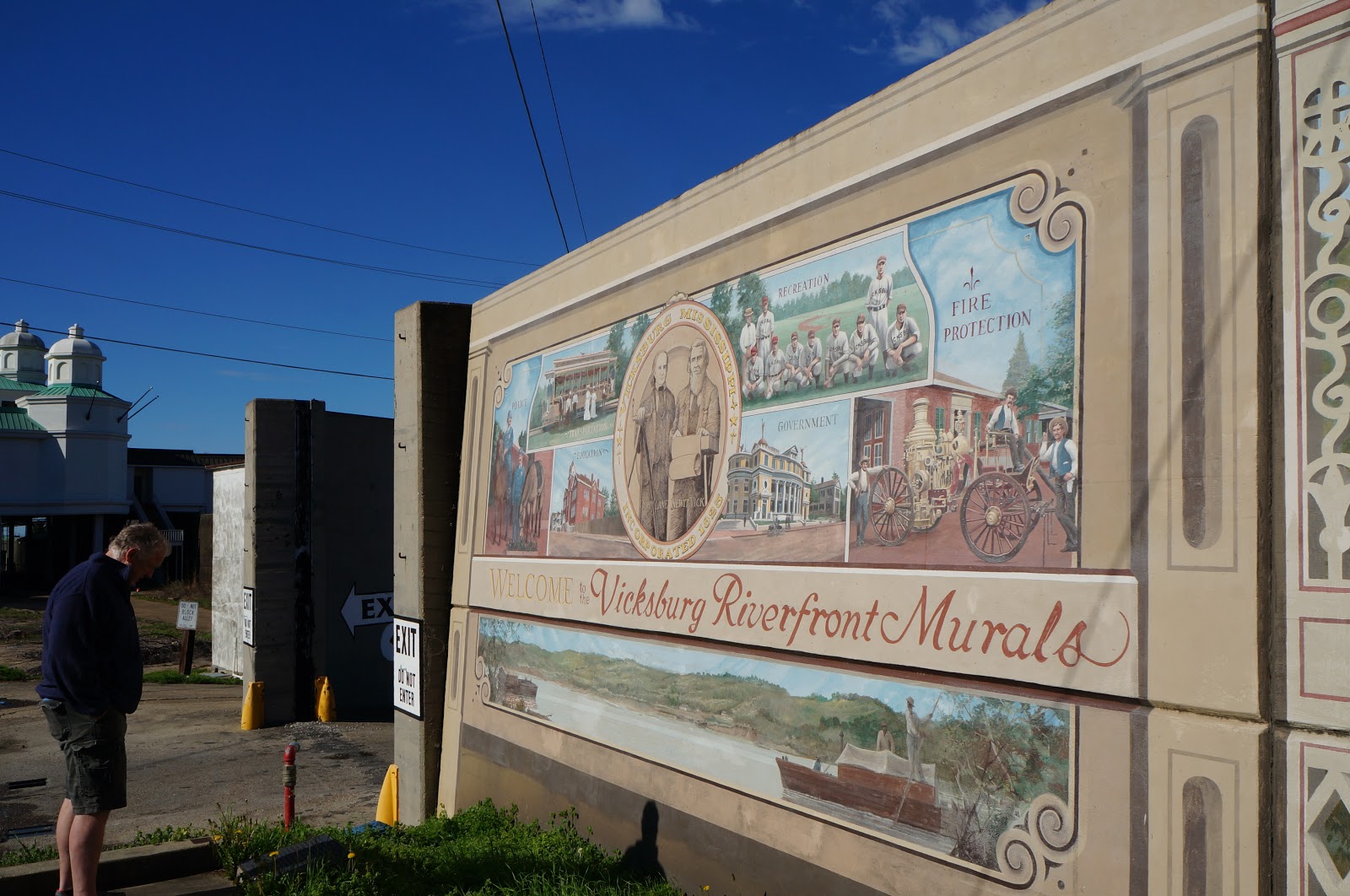
The sinking of the USS Cairo
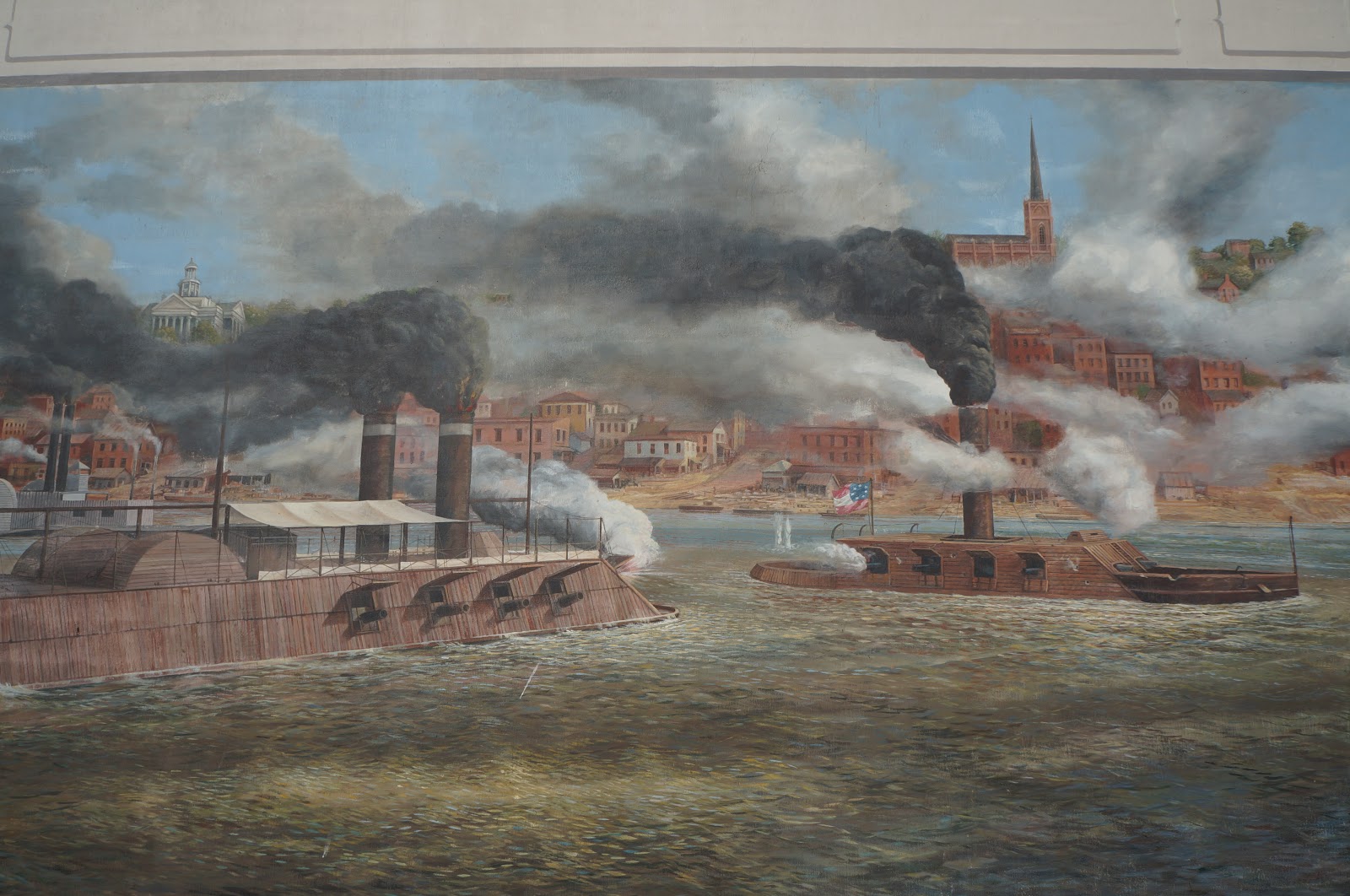
Biedenharn’s bottling of Coca-Cola

The dedication of the Illinois Monument at Vicksburg National Memorial Park
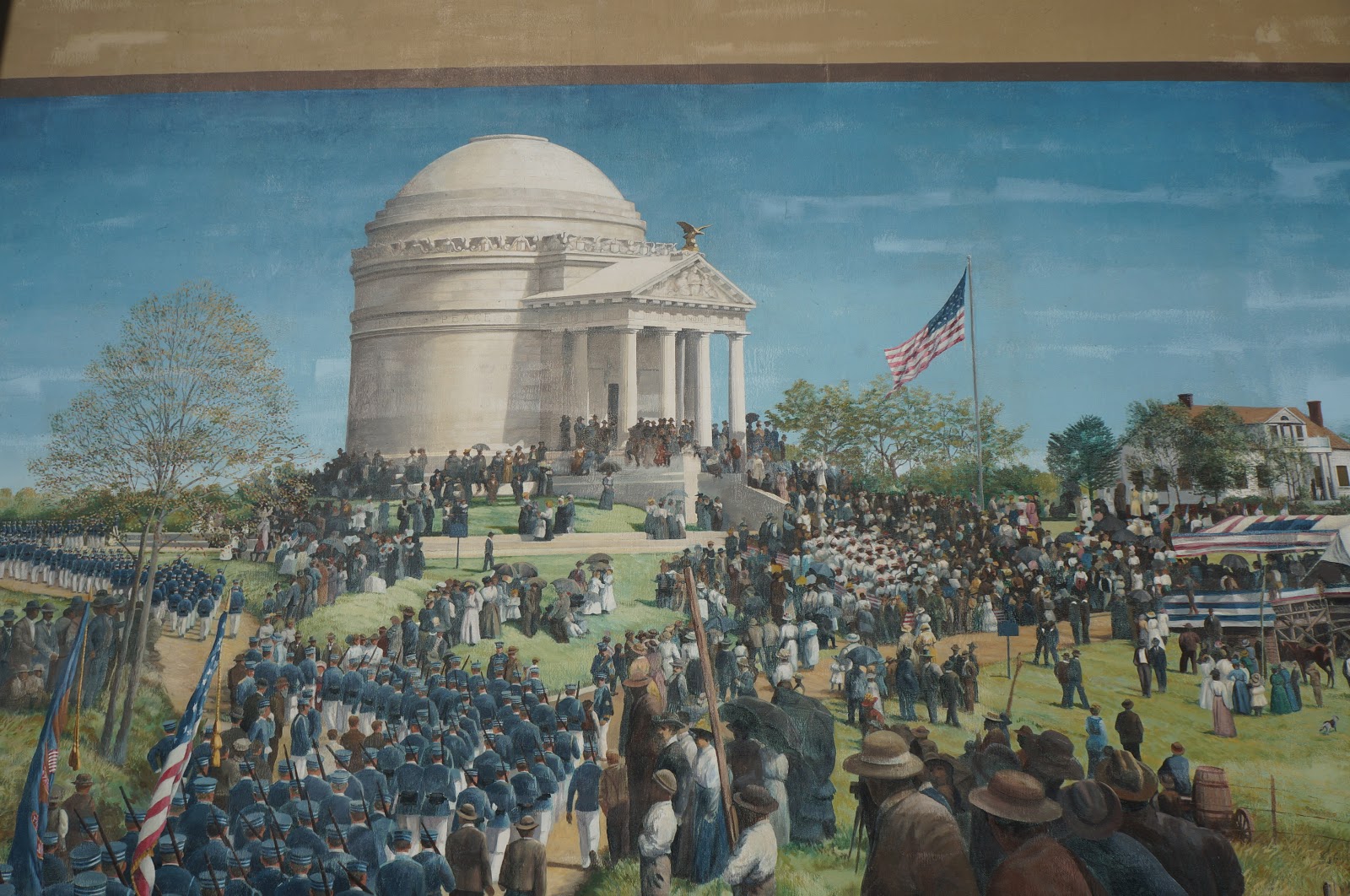
And beautiful Ole Miss.
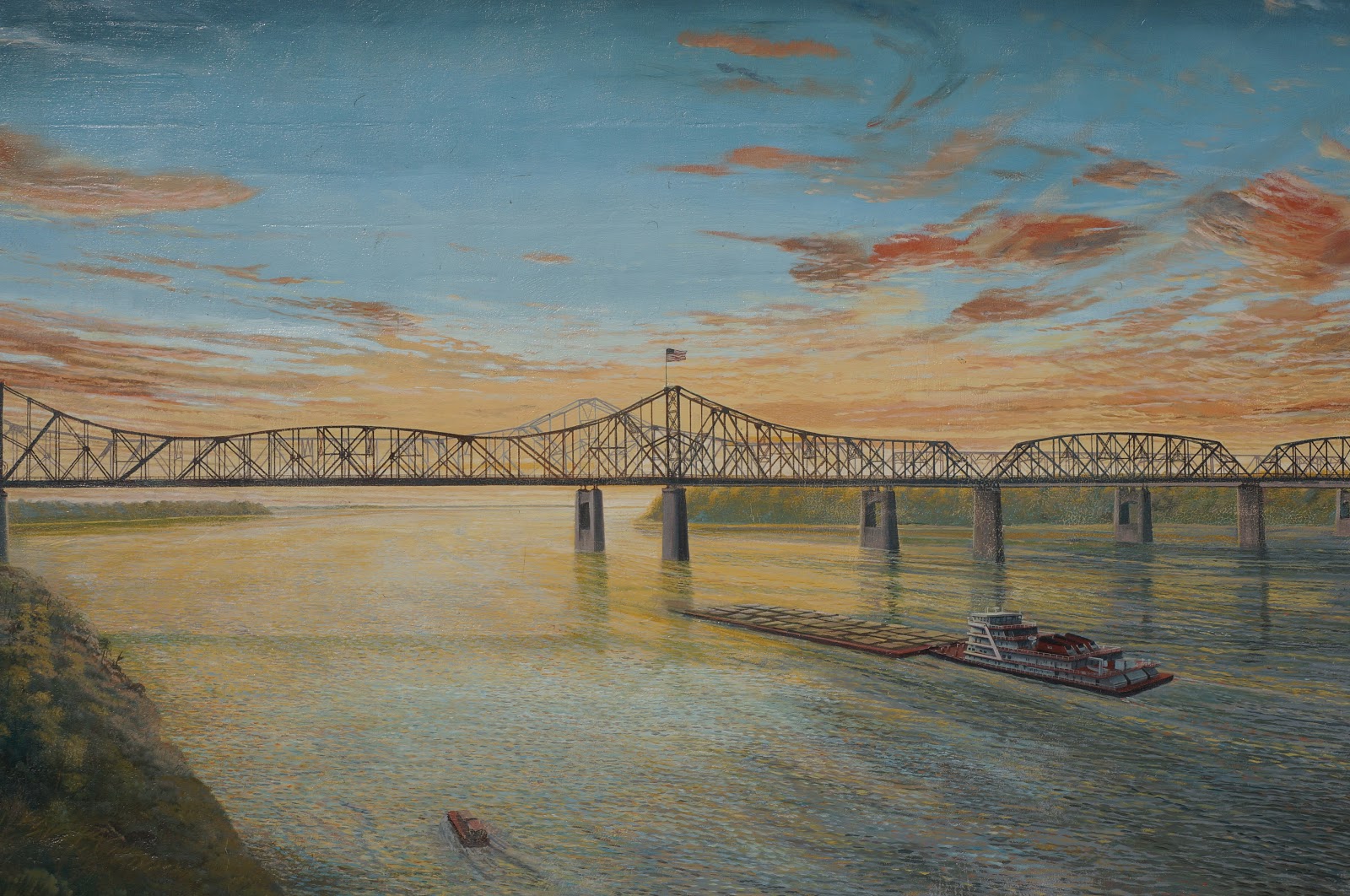
Vicksburg has a plethora (I love that word) of historic homes, ranging from the opulent …
(Rosalie House, with hourly tours and a gift shop)

to the eccentric and eclectic.
(Personally, I’d rather tour this house than any ole mansion!)
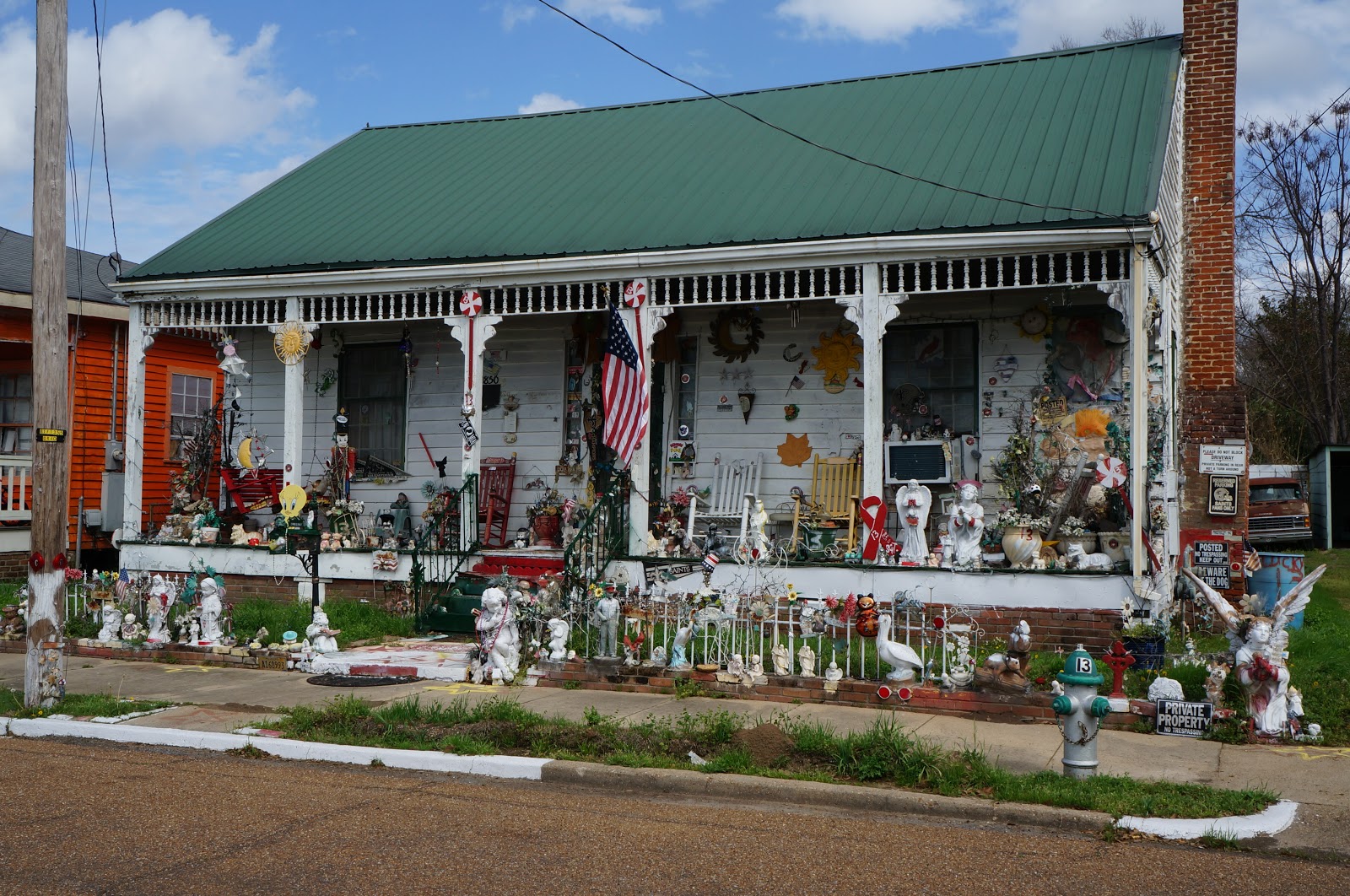
60 miles from Vicksburg, beautiful Natchez shares the same love of the river and historic lure.
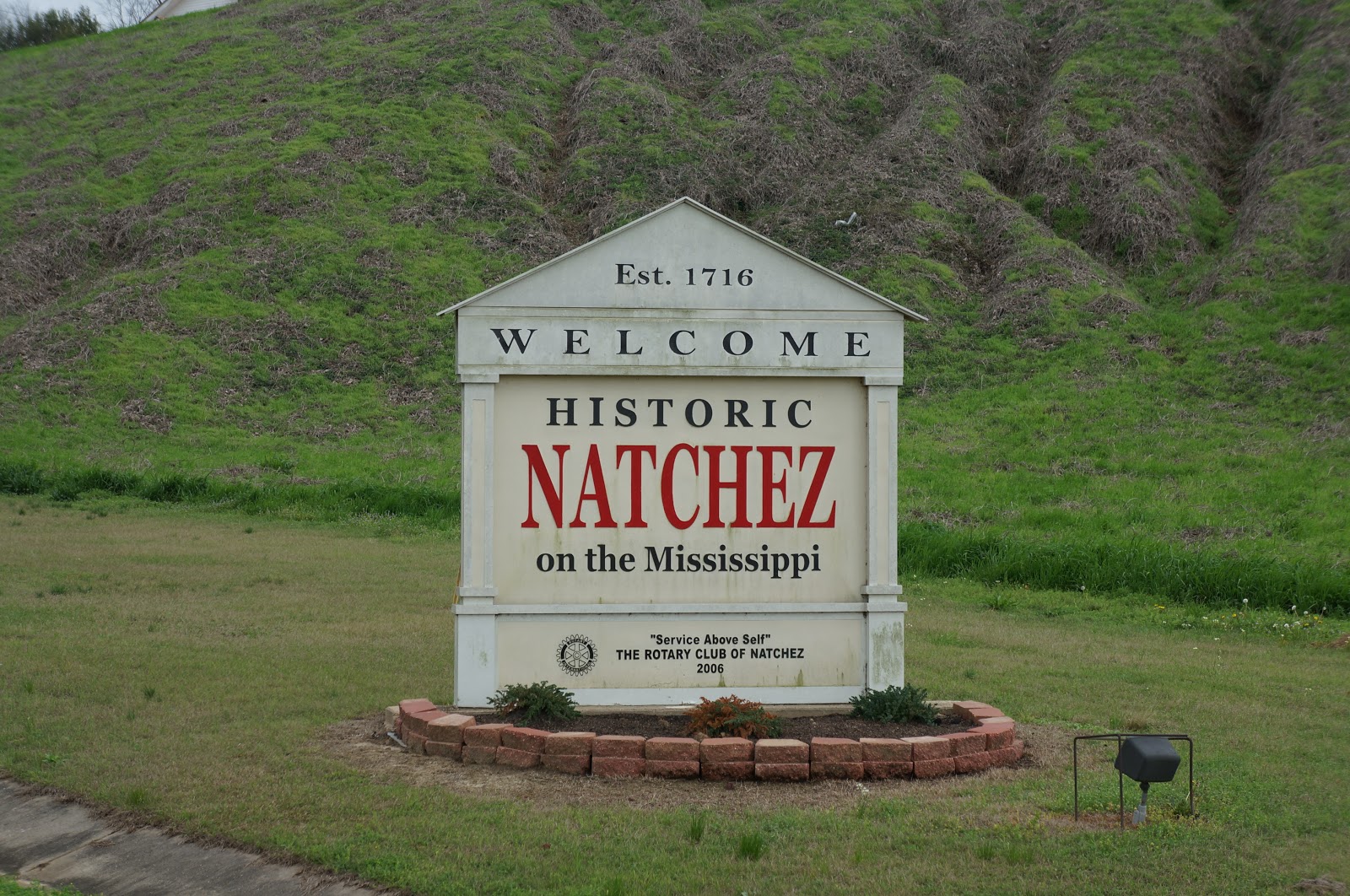
“Longwood” in Natchez is a hauntingly gorgeous six-story mansion who construction was frozen in time as a result of the Civil War.
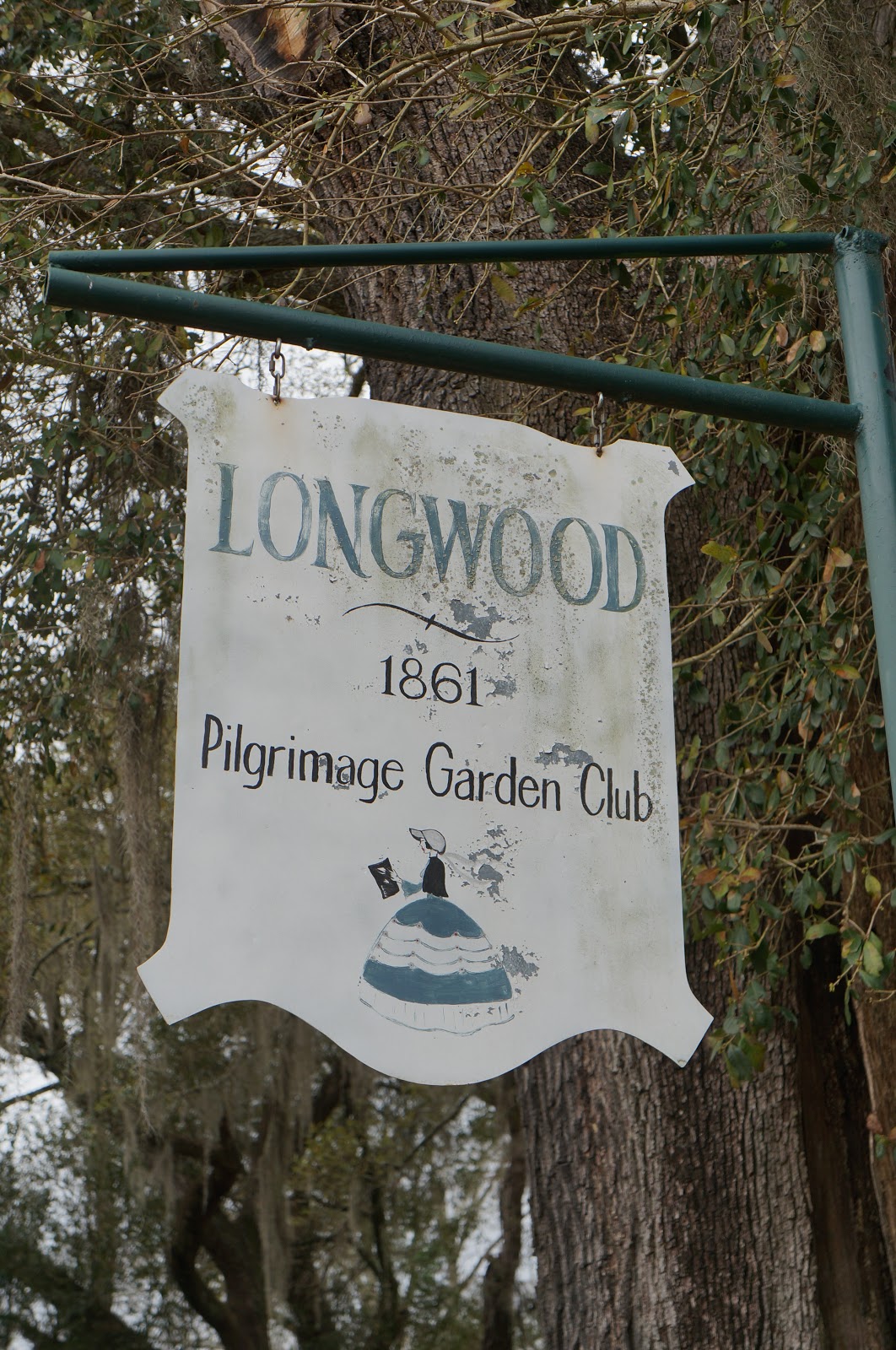
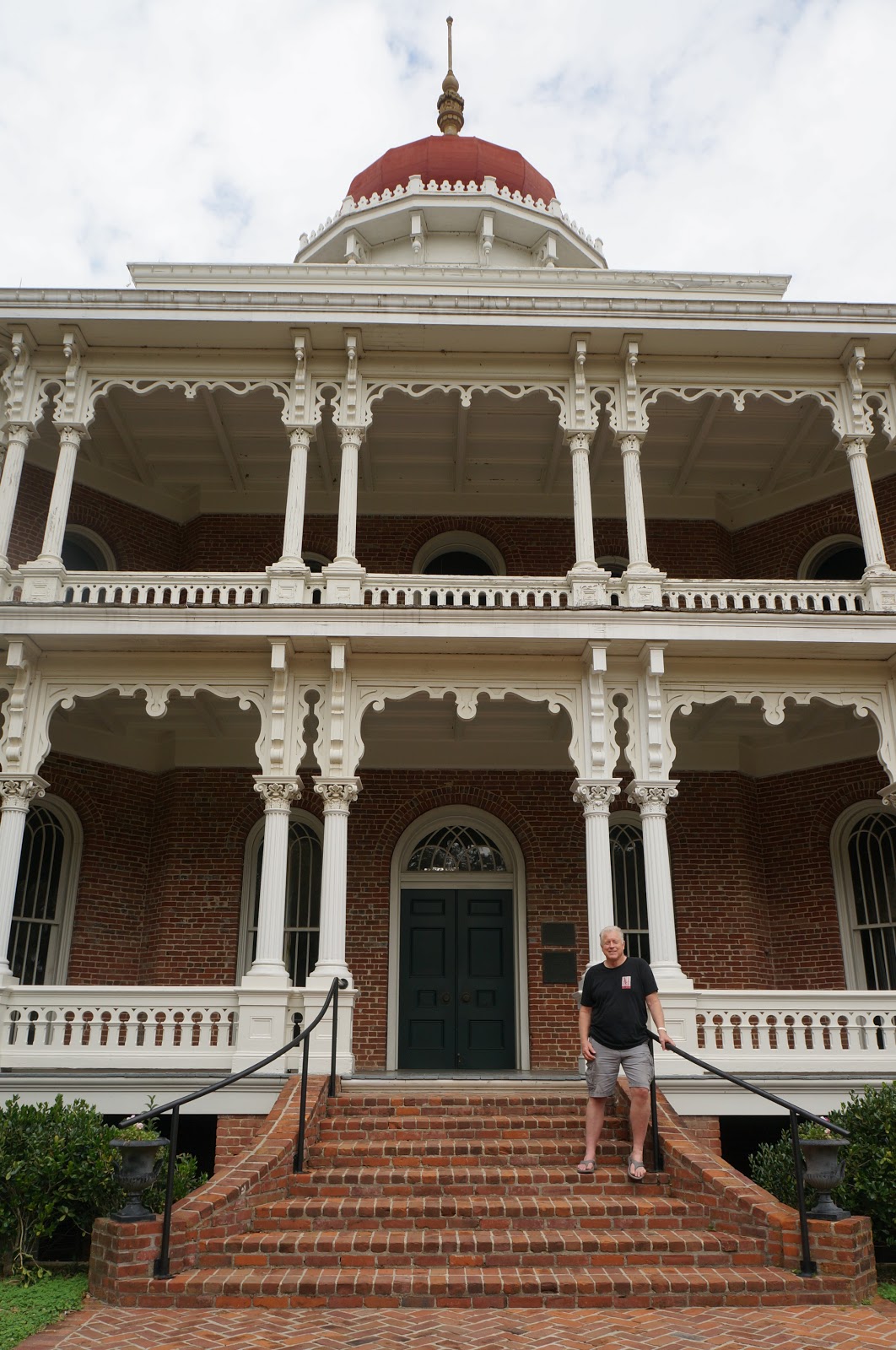
Note the spire on top. The mold for this spire remains inside the house.
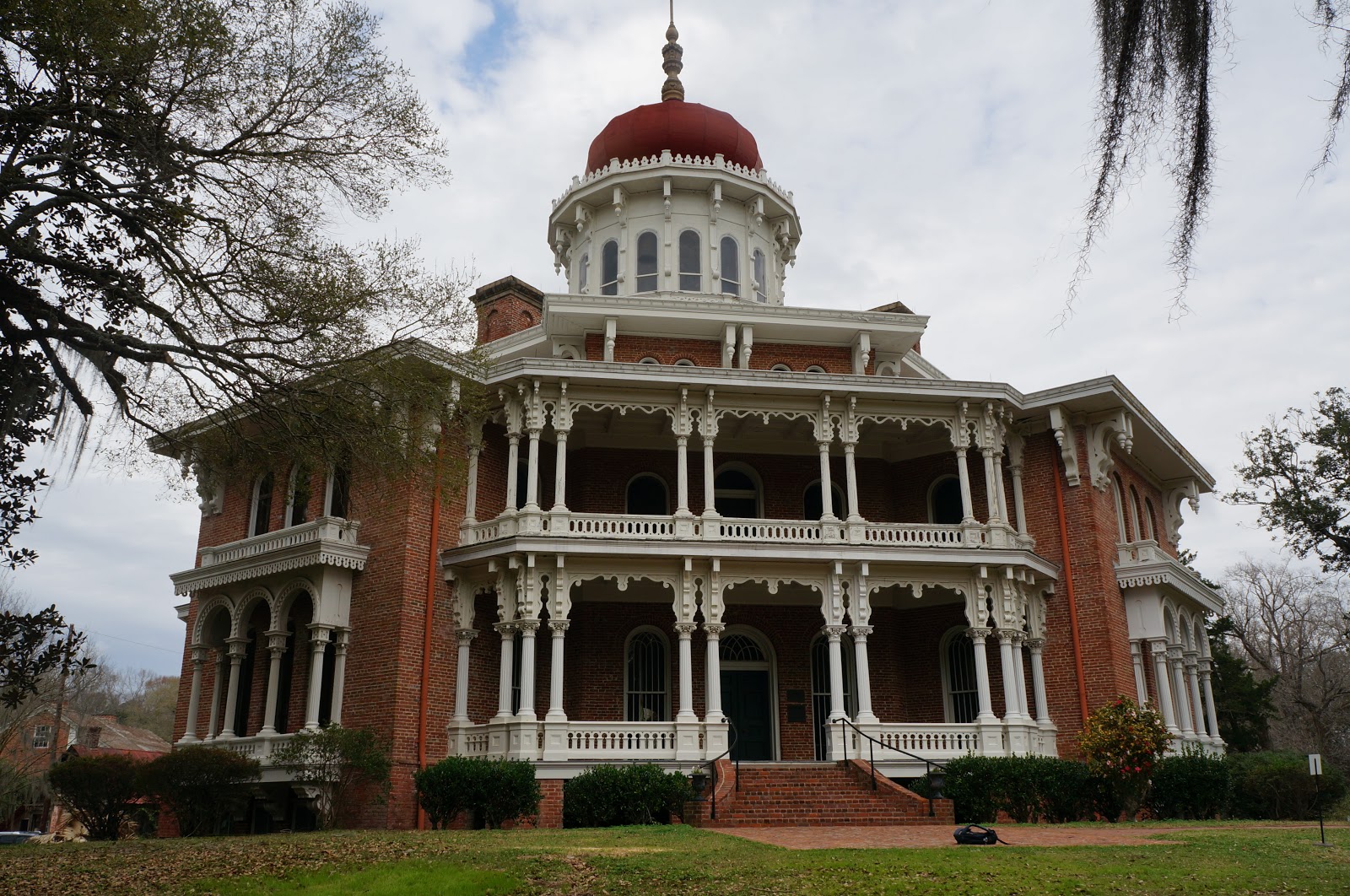
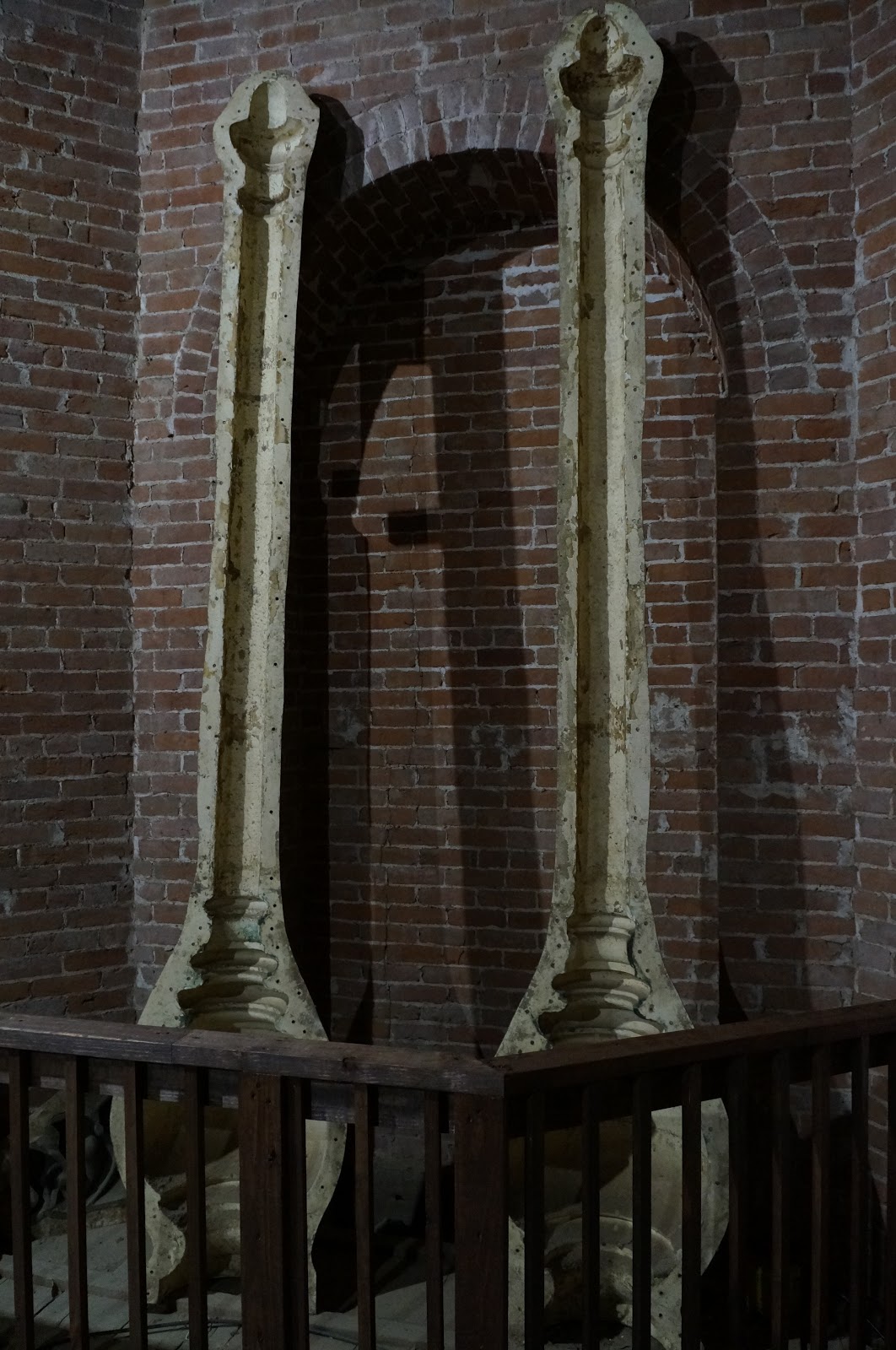
The to-this-day unfinished dream home of Haller and Julia Nutt began in 1860, but was halted as a result of Civil War tensions, and the fact that all the artisans left to serve as soldiers. The home’s interior was left unfinished except for the basement, where the family lived. Gazing upward, you can imagine the opulence that was planned!


Longwood is one of the largest octagonal houses in the world.

Still unfinished today (and forbidden by the donor that it ever be finished),
even Nutt’s old trunks and the workers’ paint cans remain in dusty isolation for evermore.
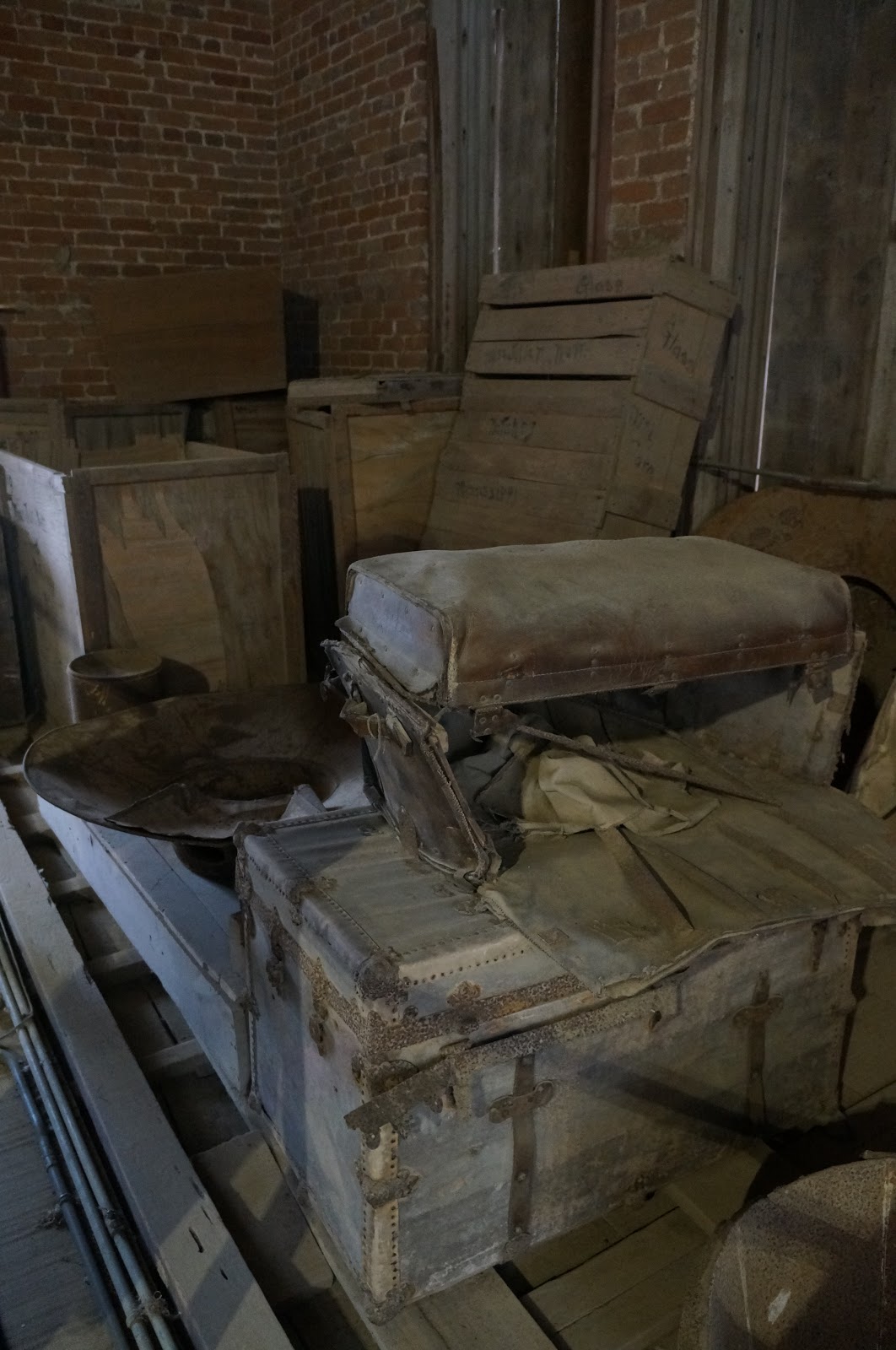
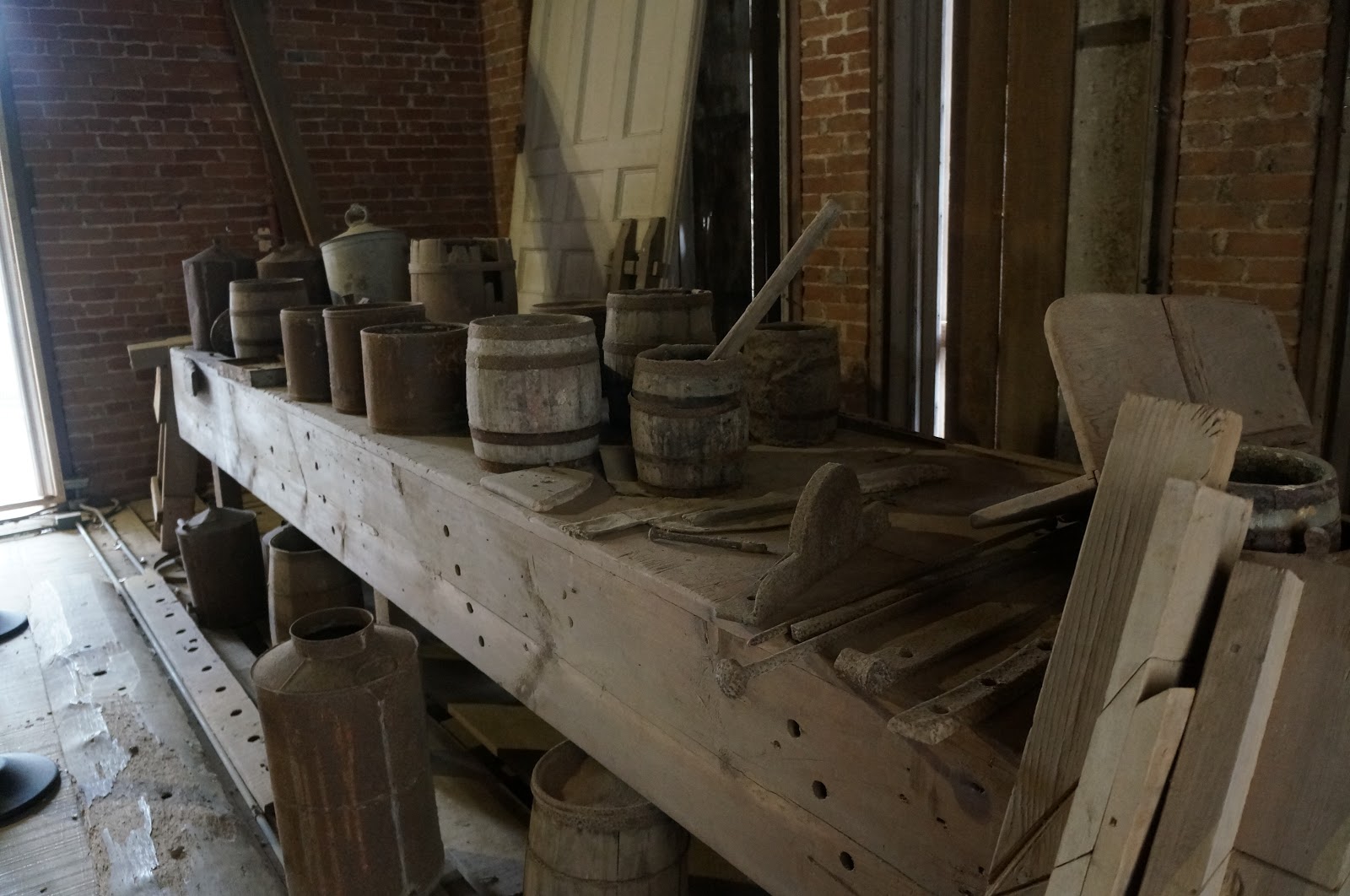
Longwood was gorgeous and spooky at the same time!
Also in Natchez, the gorgeous City Cemetery is known for its wide variety of iron and marble work.
People from all walks of life are buried here.
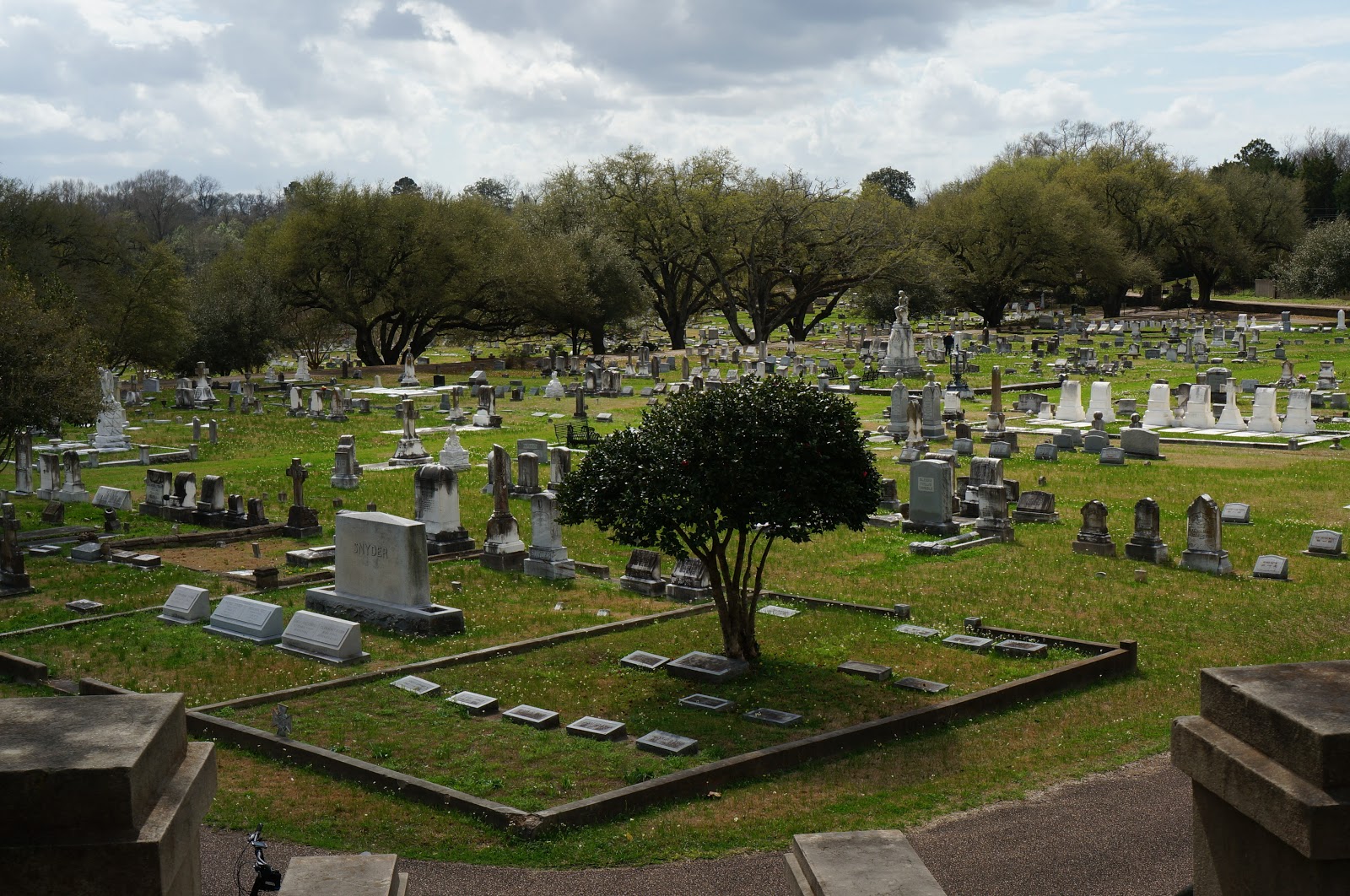
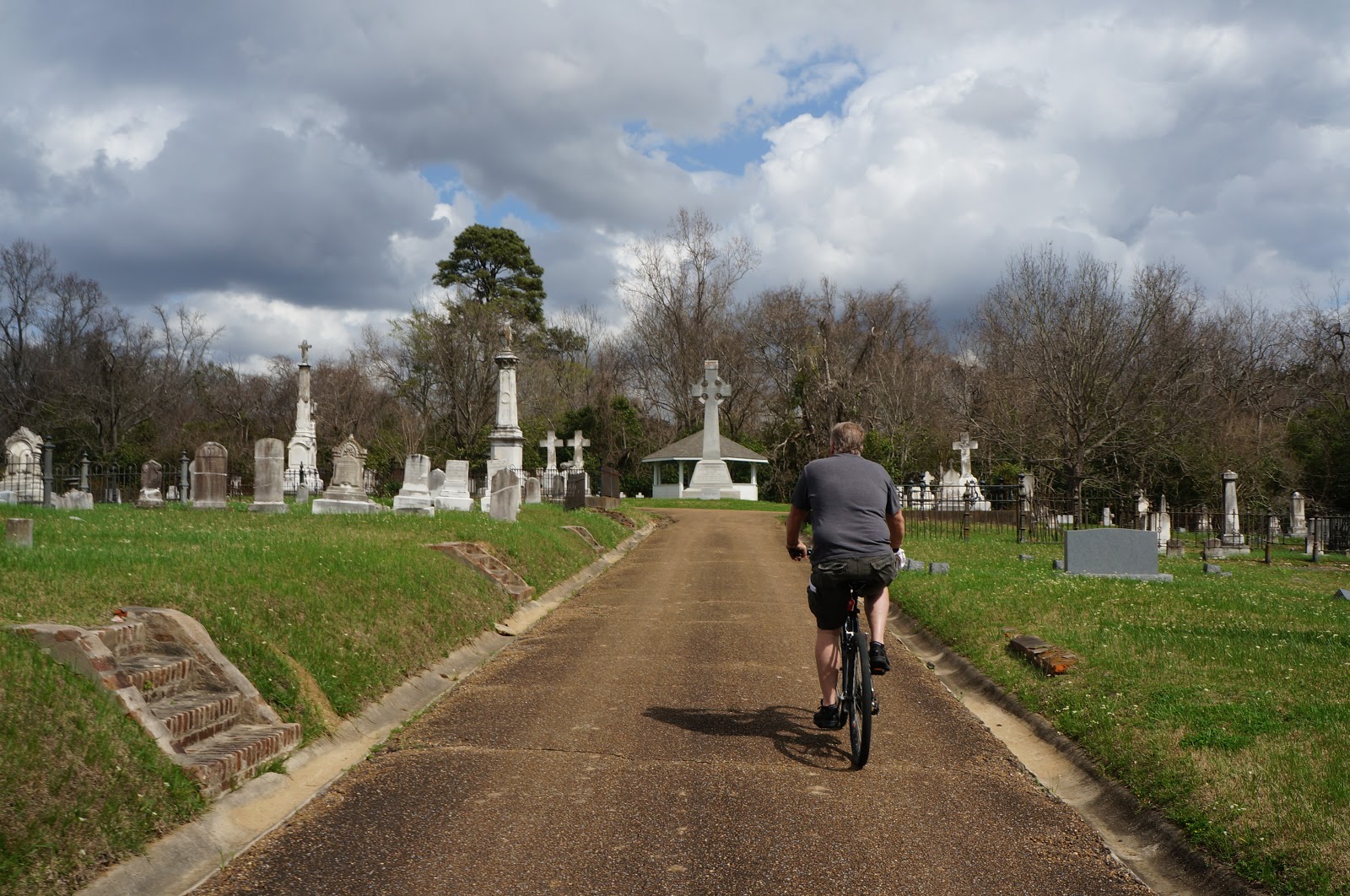
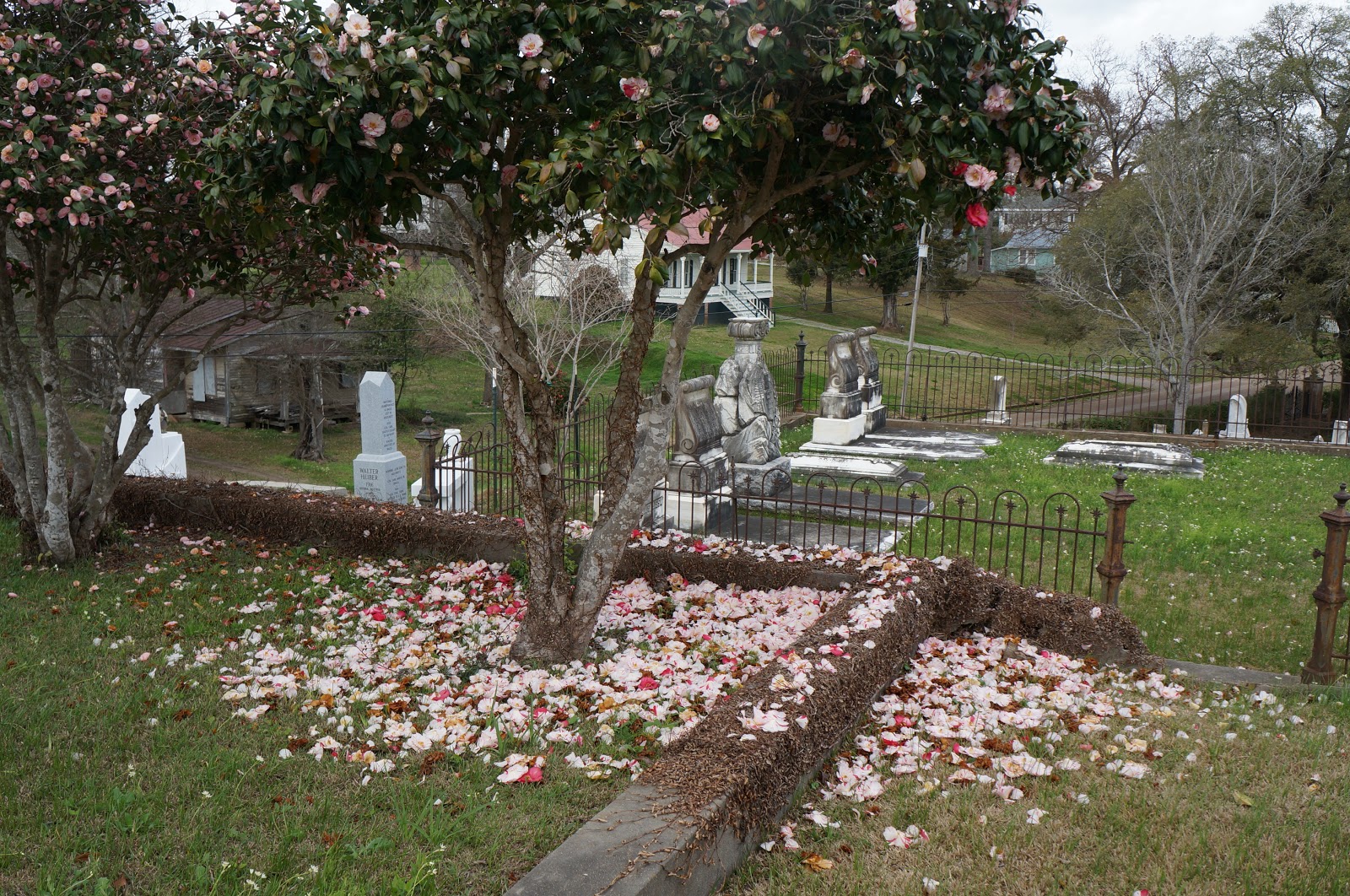

Like Vicksburg, Natchez is “rolling on the river” (Creedence Clearwater reference)
and we spent literally hours strolling the riverbanks and watching the barges go by.

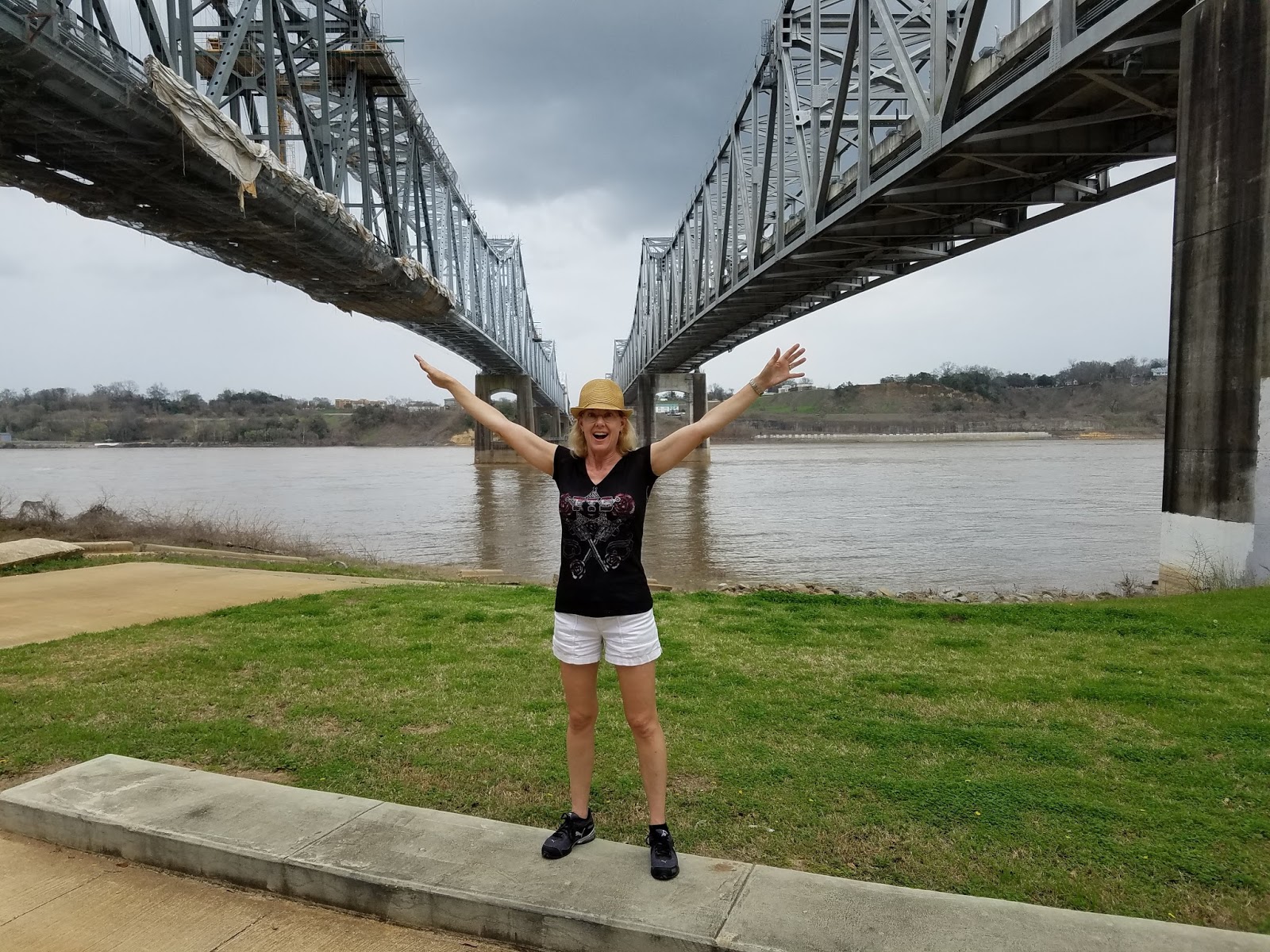
Even barges are into the “selfie stick” movement!
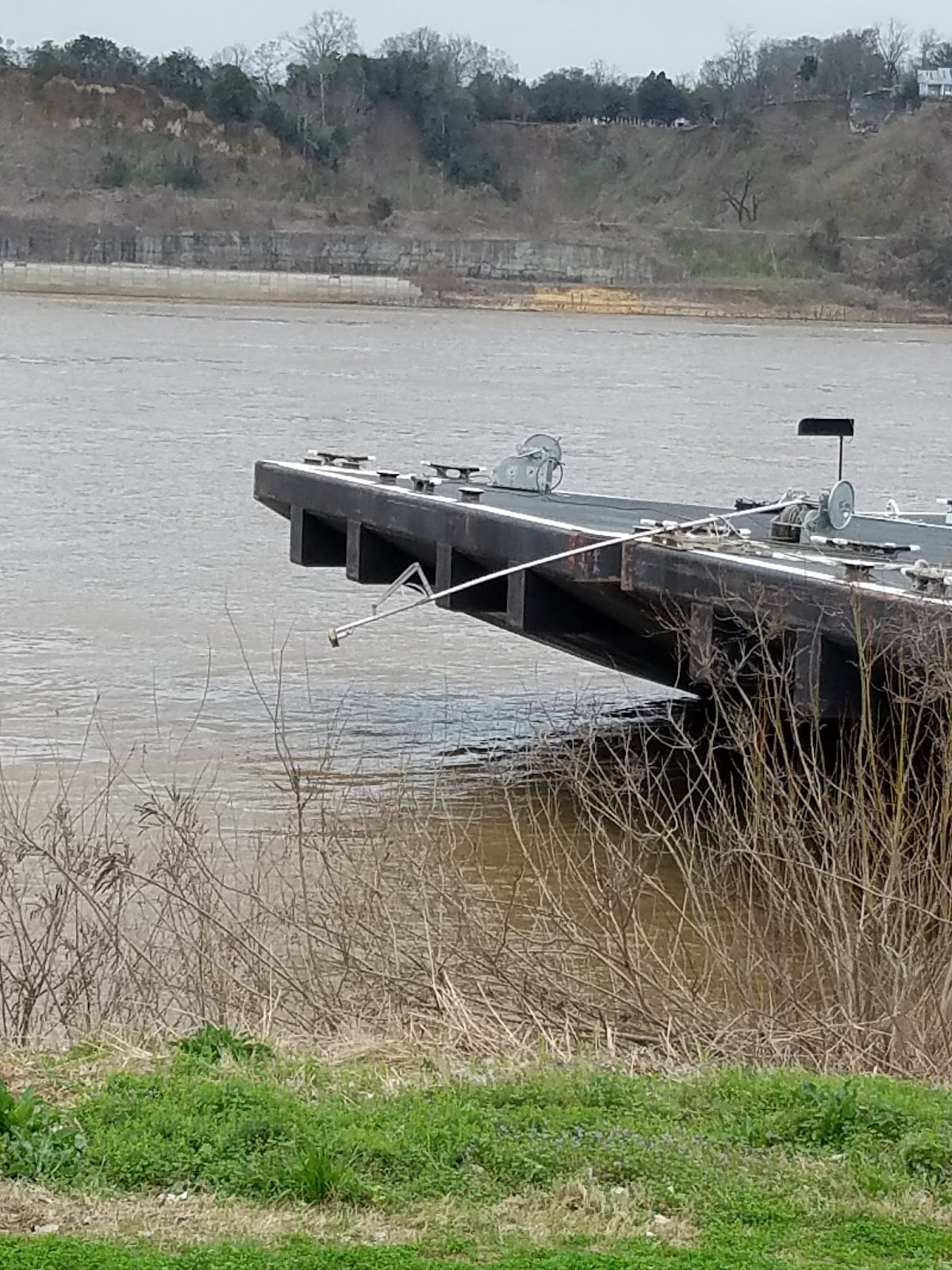
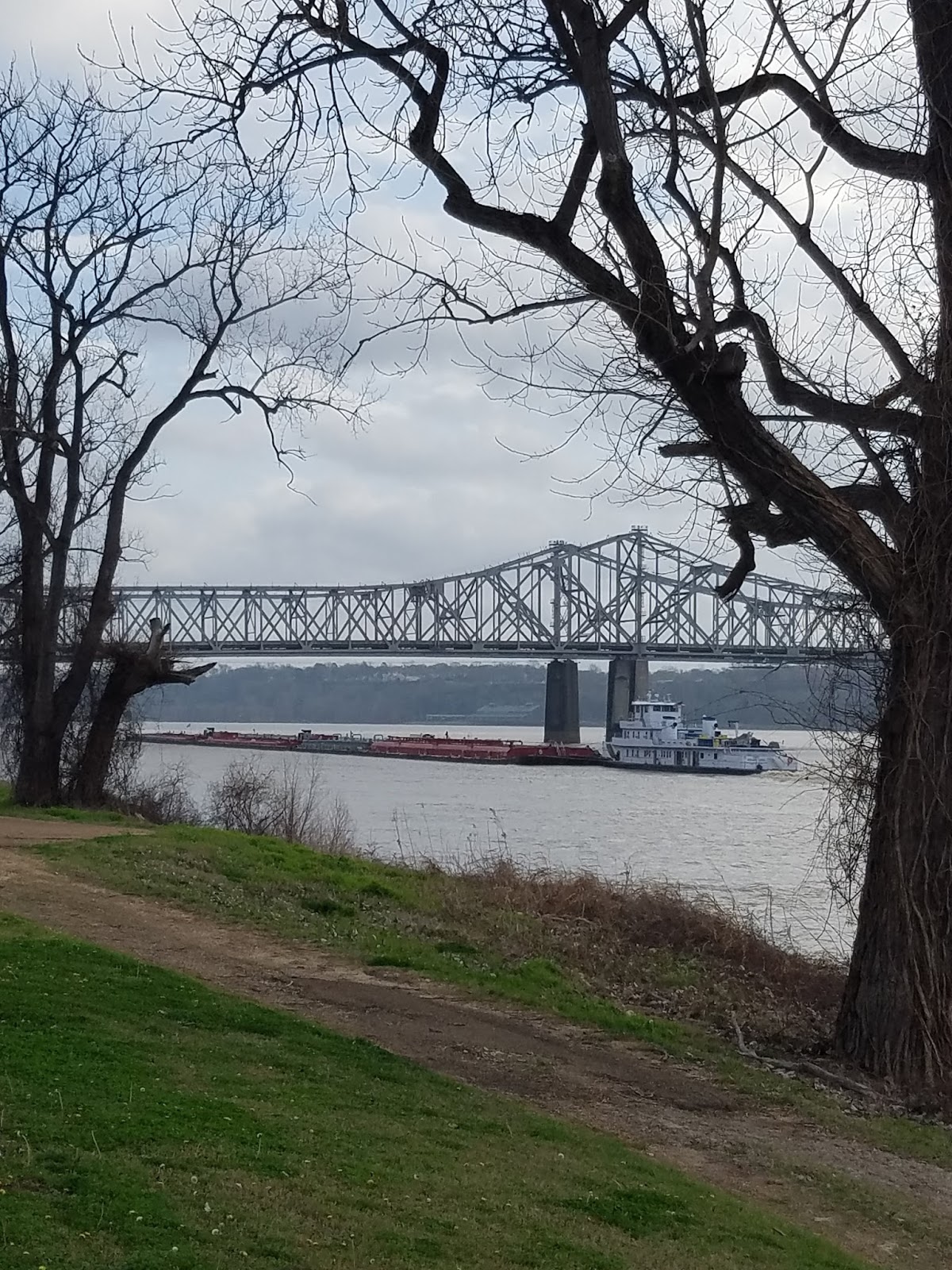
Of course, the Mississippi River isn’t the only water game in town. There are rivers and streams and lakes and bayous and swamps everywhere, meaning we are driving over lots of really cool bridges like these! Something Arizonians don’t get to experience regularly.
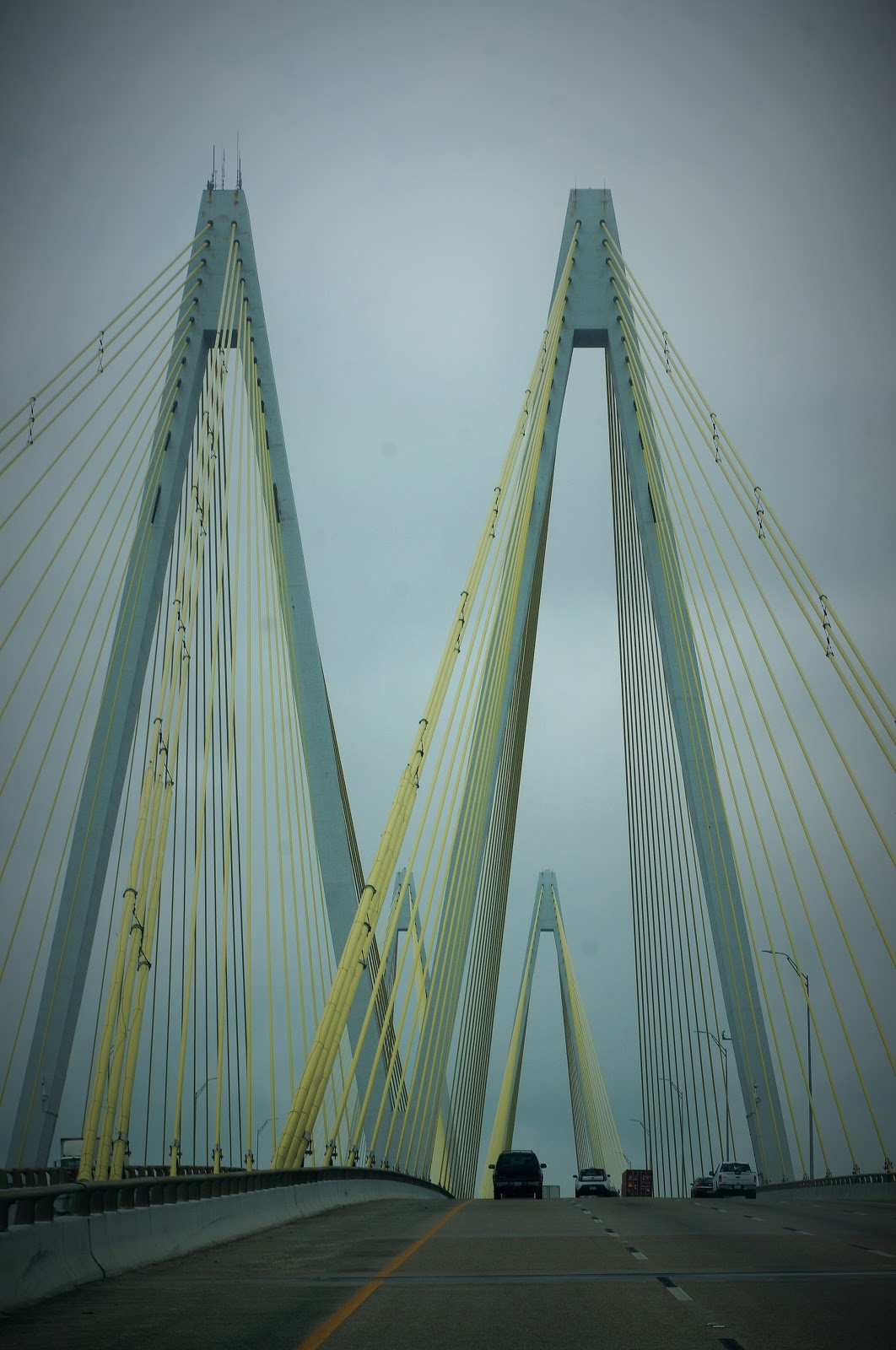
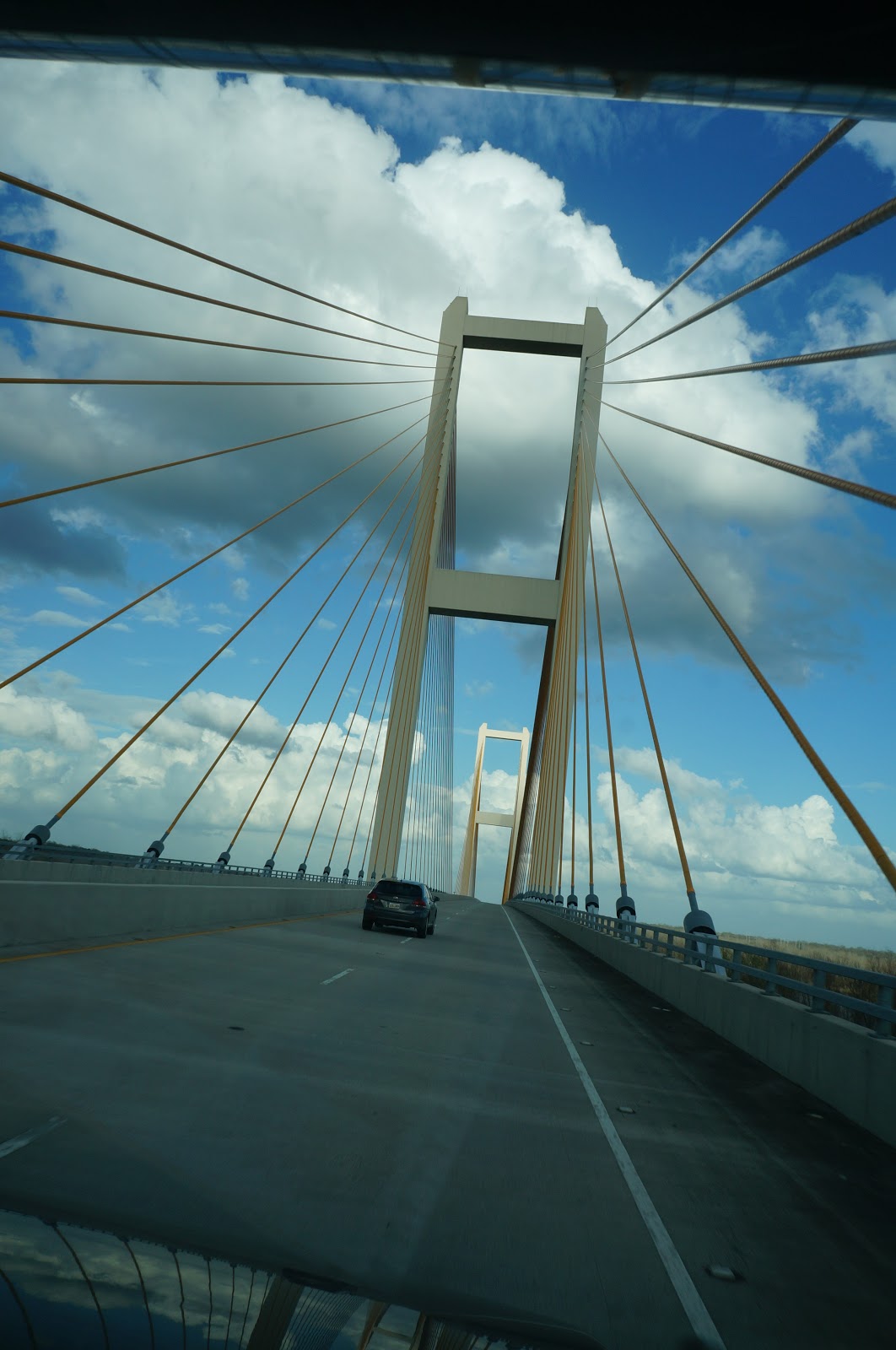
We have been amazed at the beauty, the weather, the history and the people we’ve experienced in Mississippi. Also … THE FOOD! So much great food that it’s going to get its very own post soon.
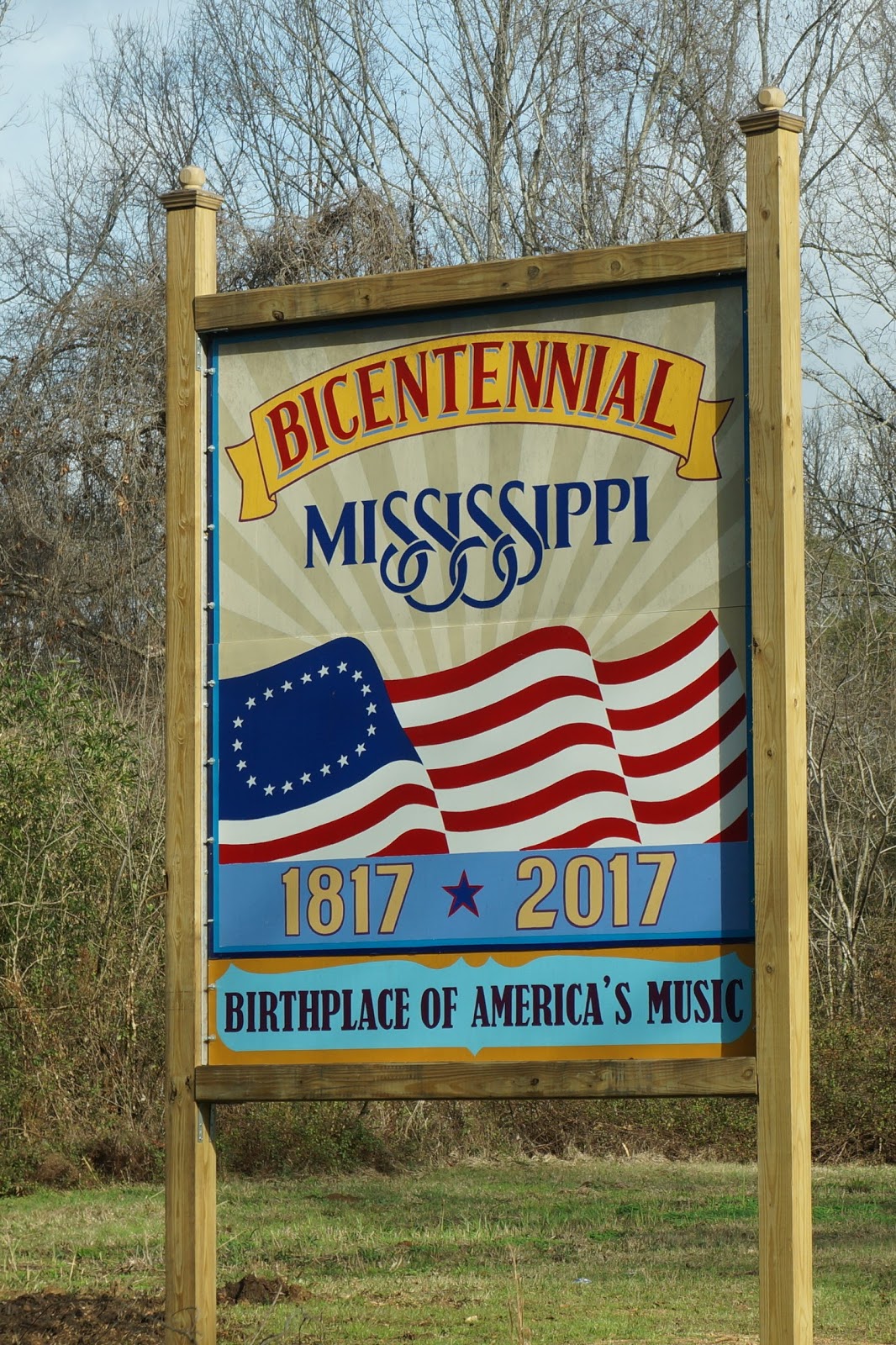
We’re a long way from home, but right were we want to be!
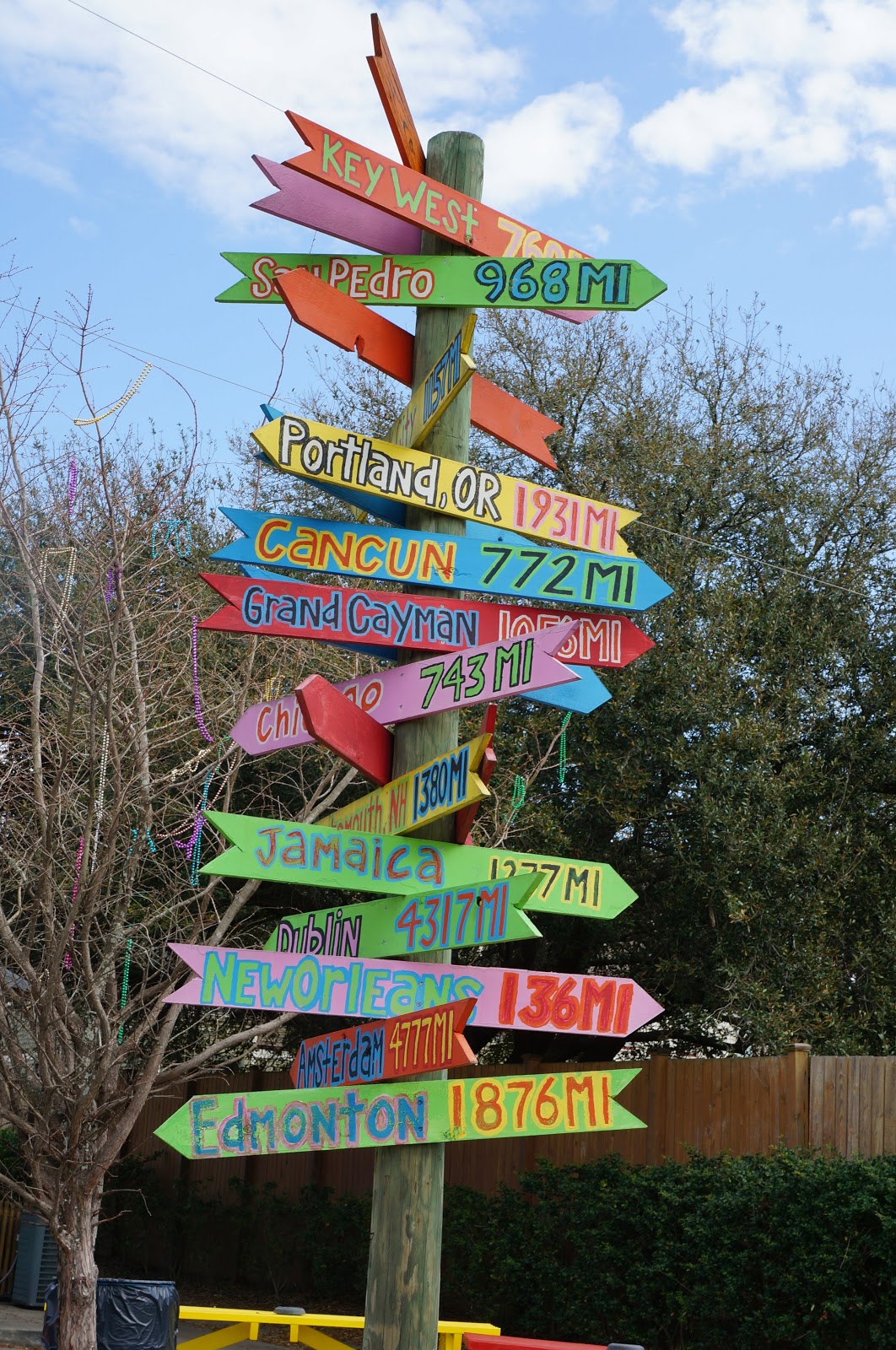
Up next, “we’re going to Jackson” (another musical reference: Johnny Cash),
our final stop in Mississippi!


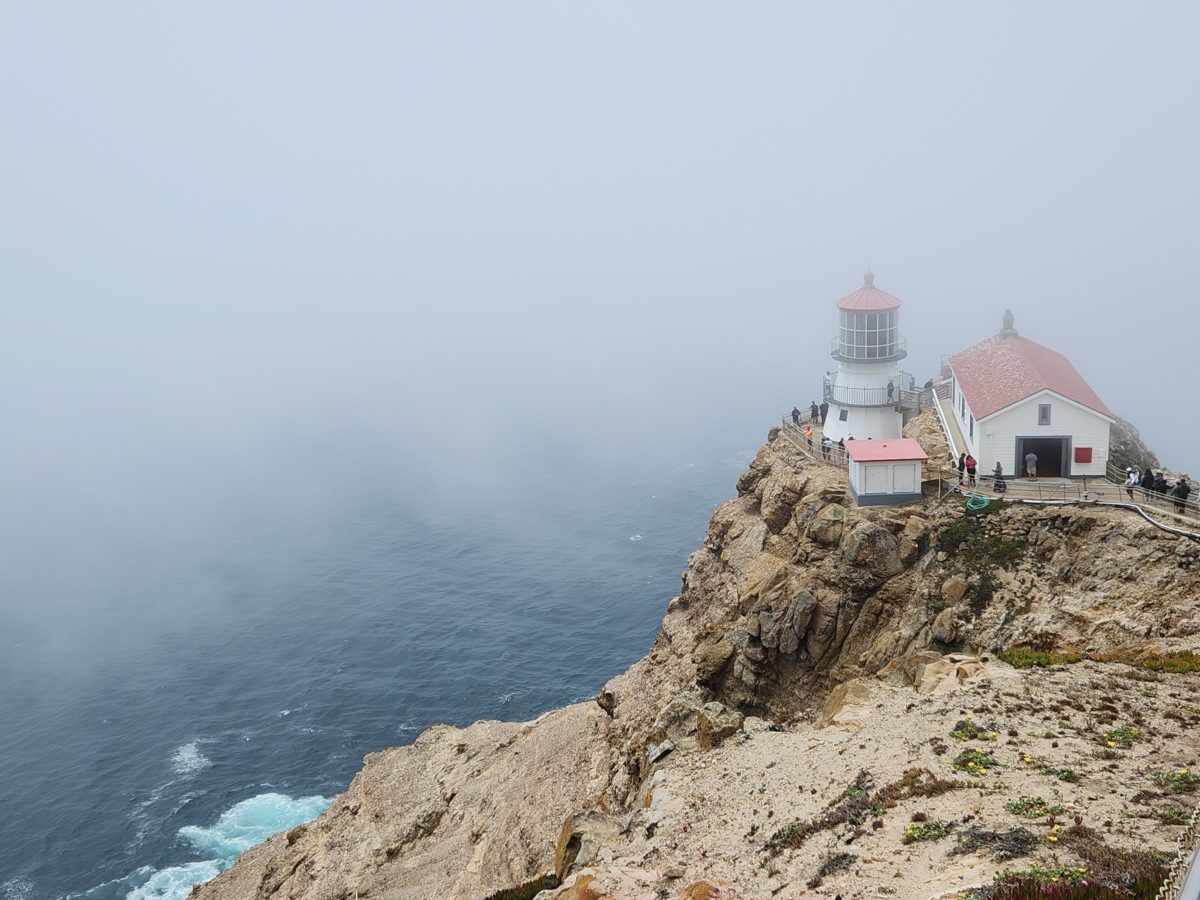

Leave a reply